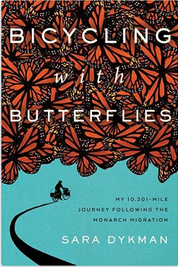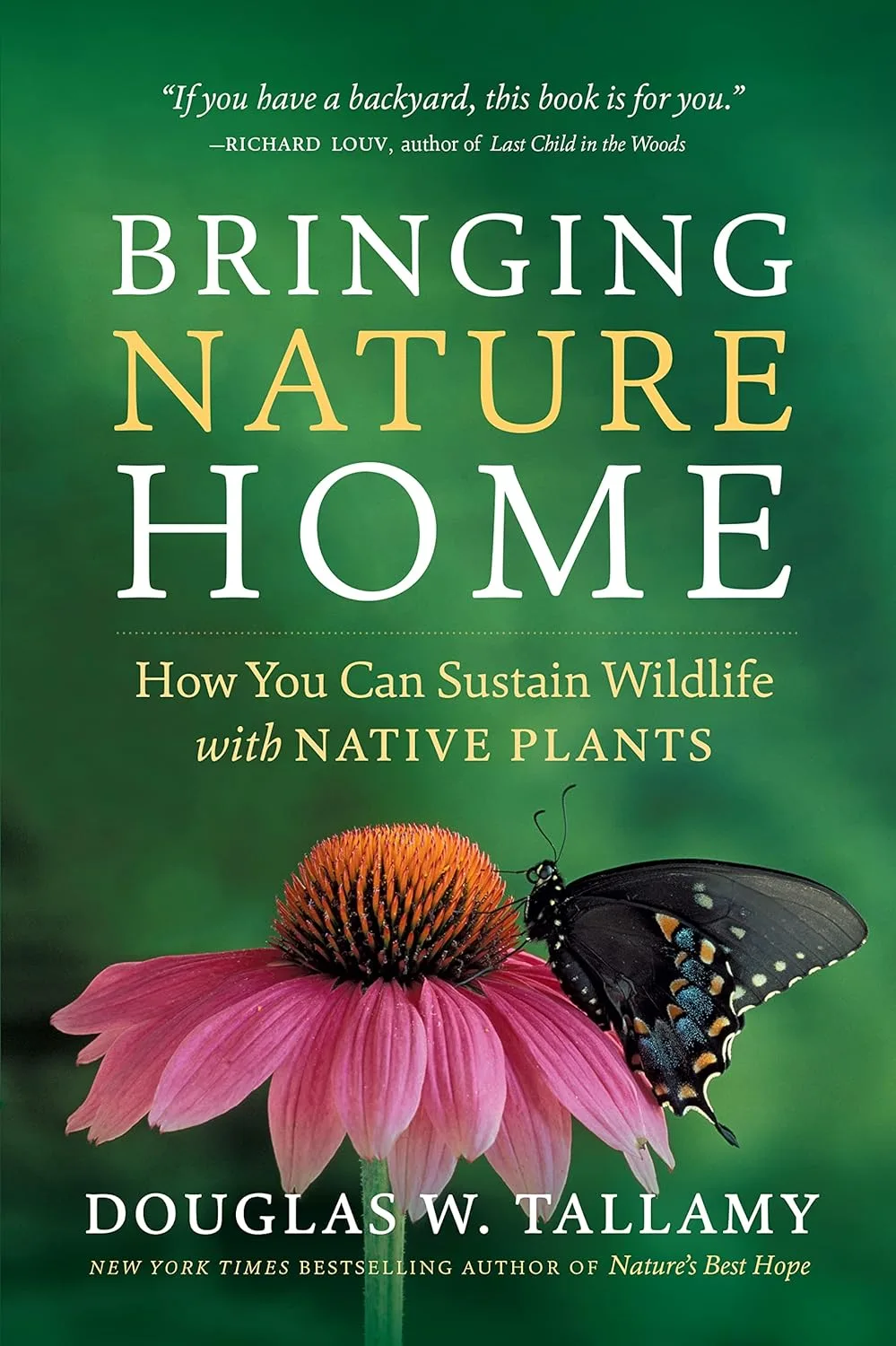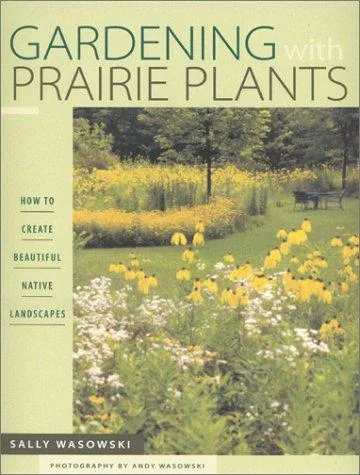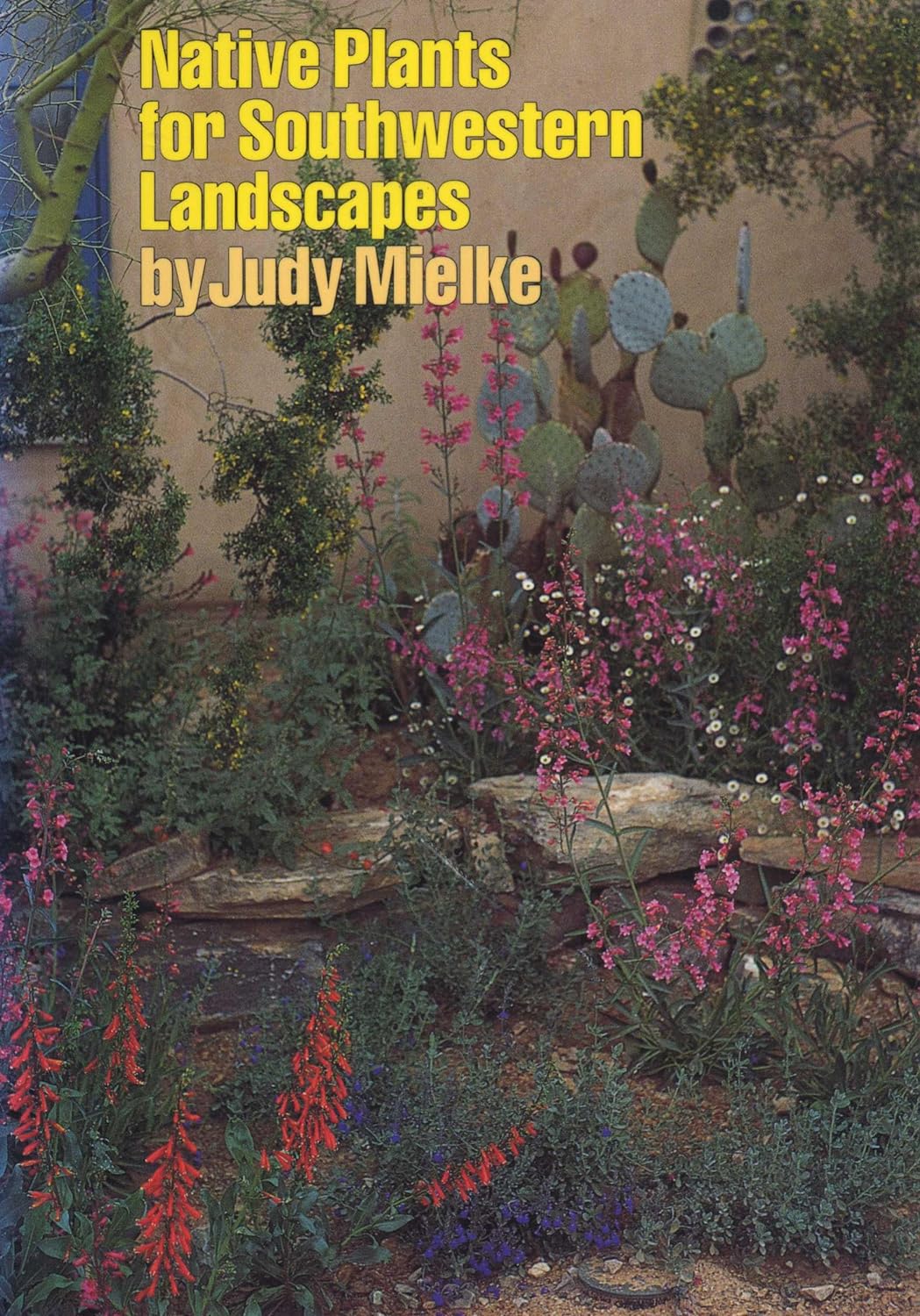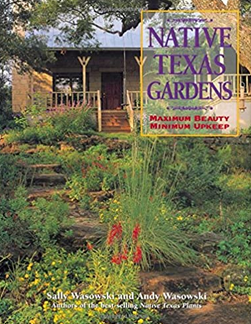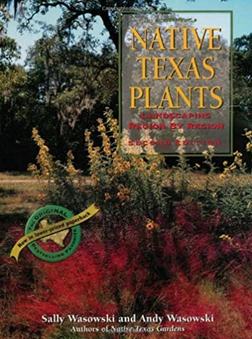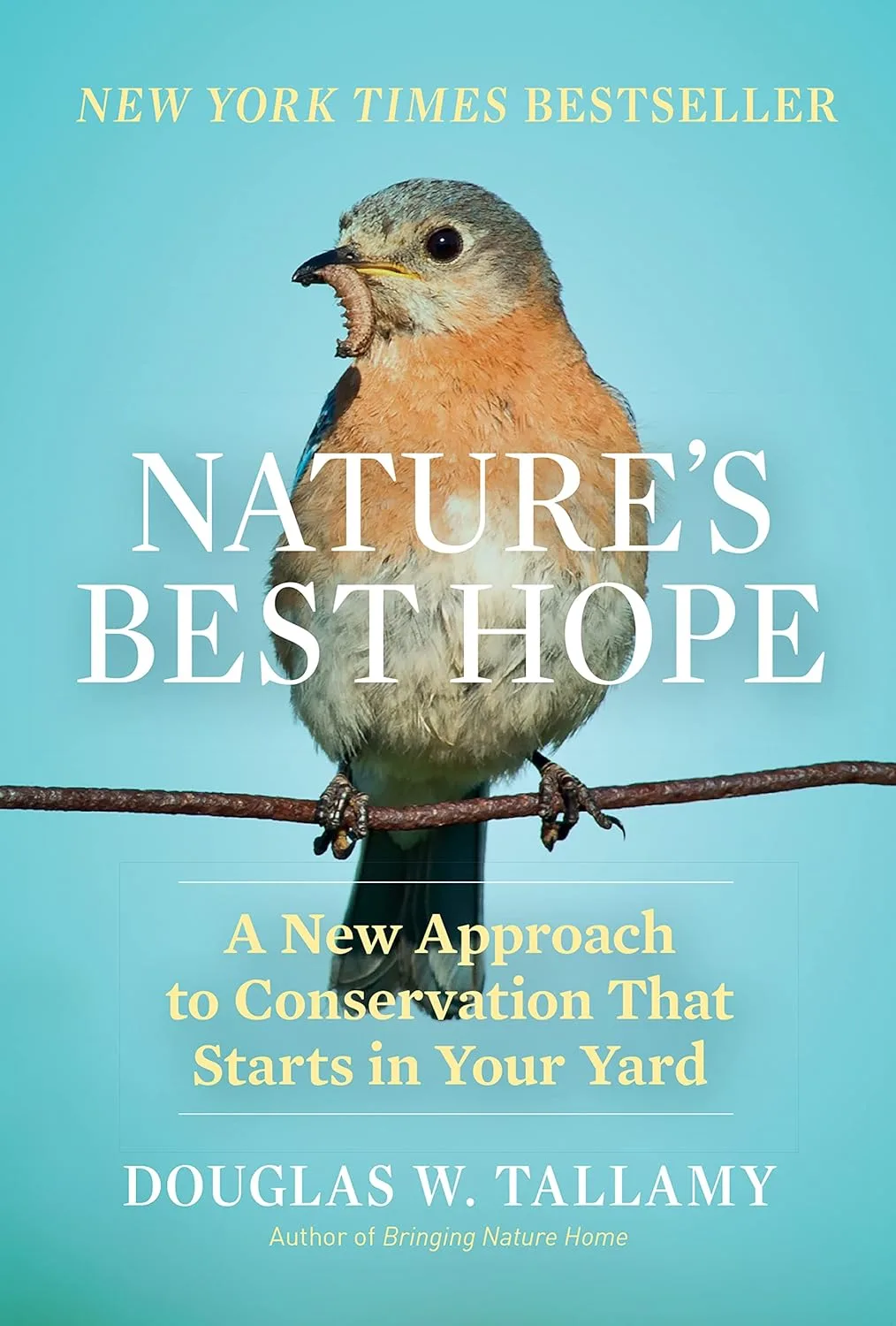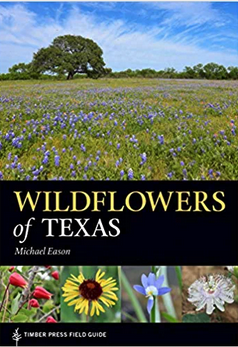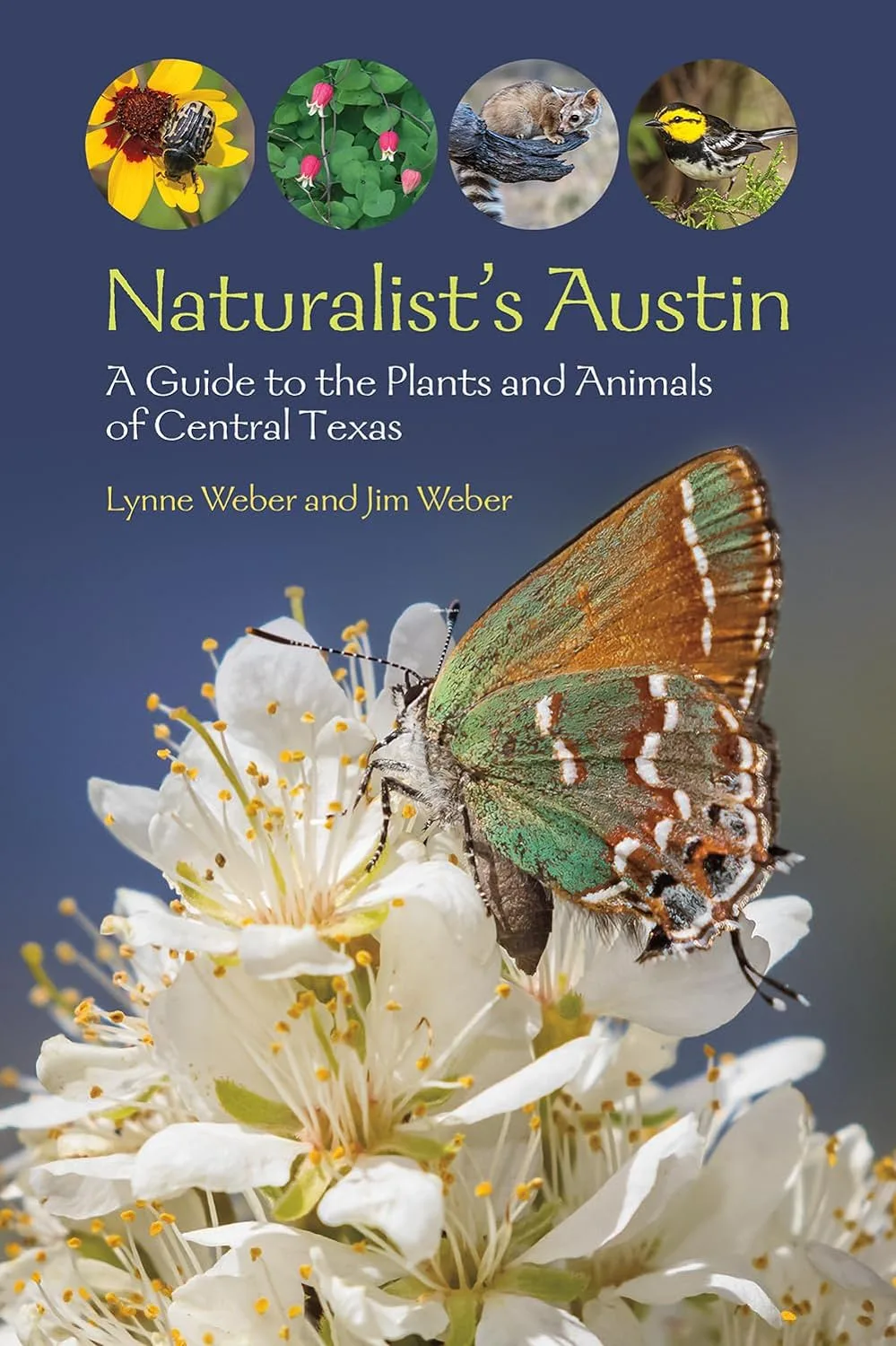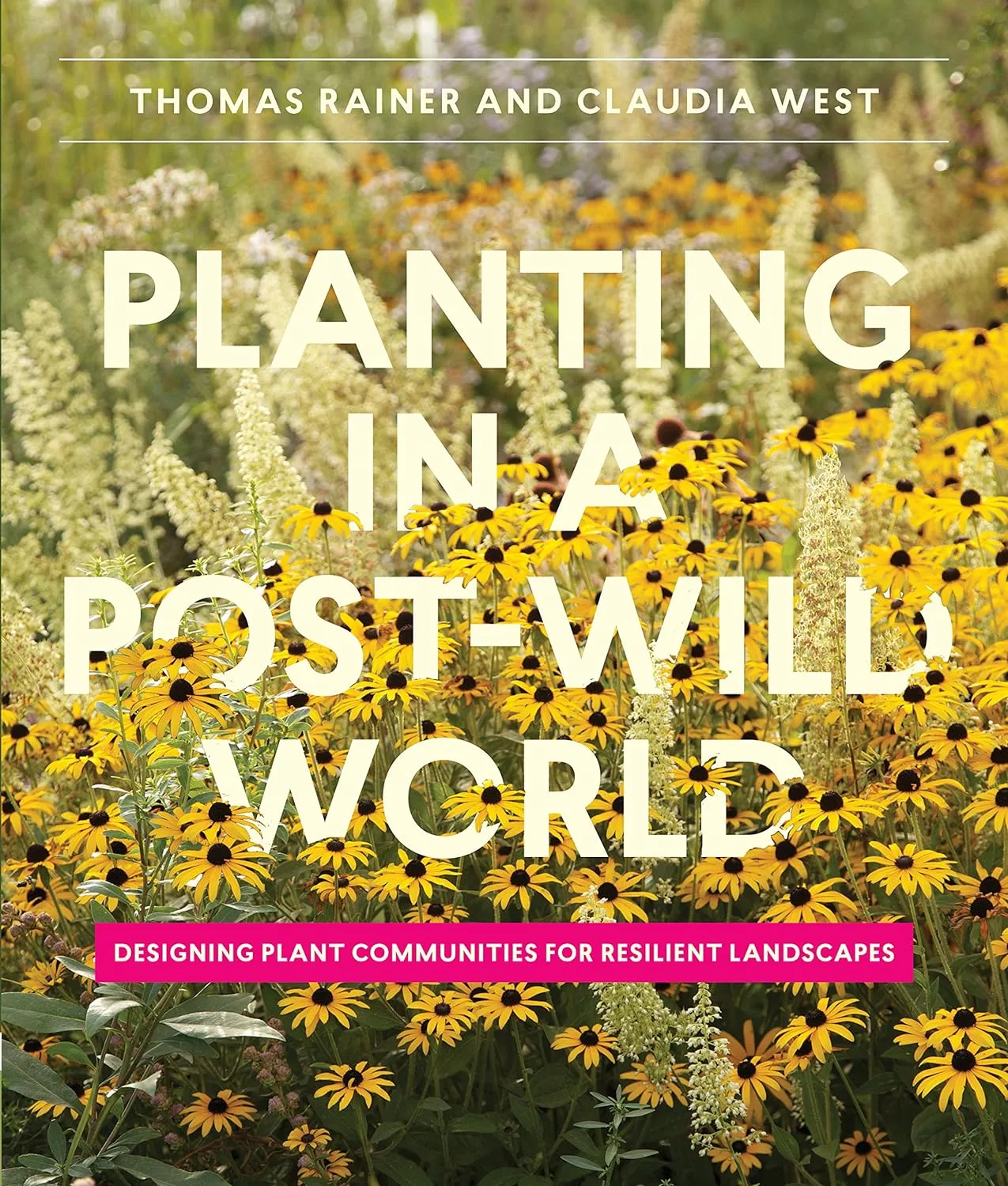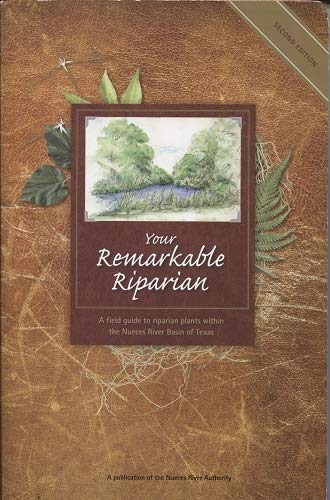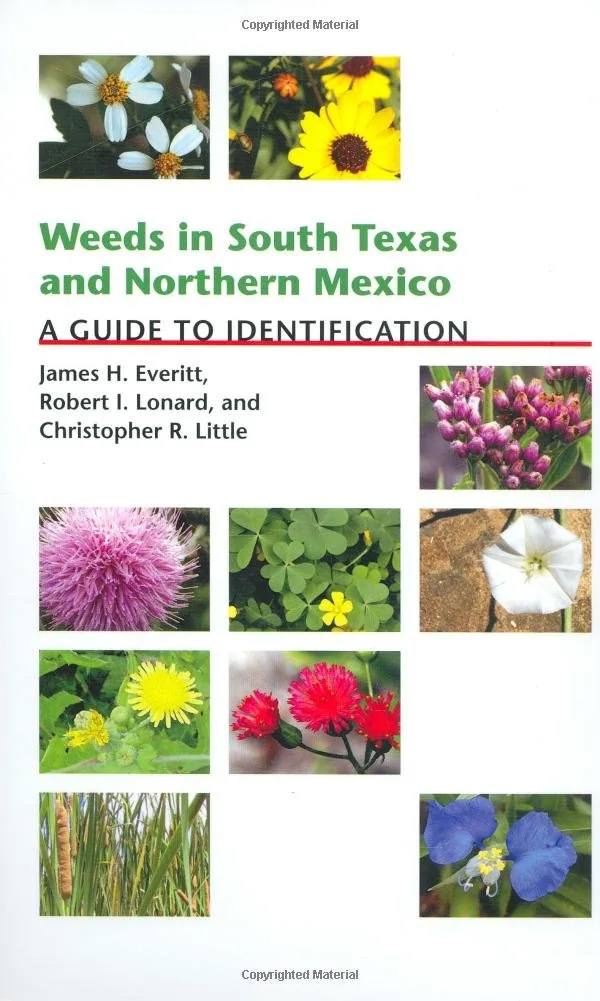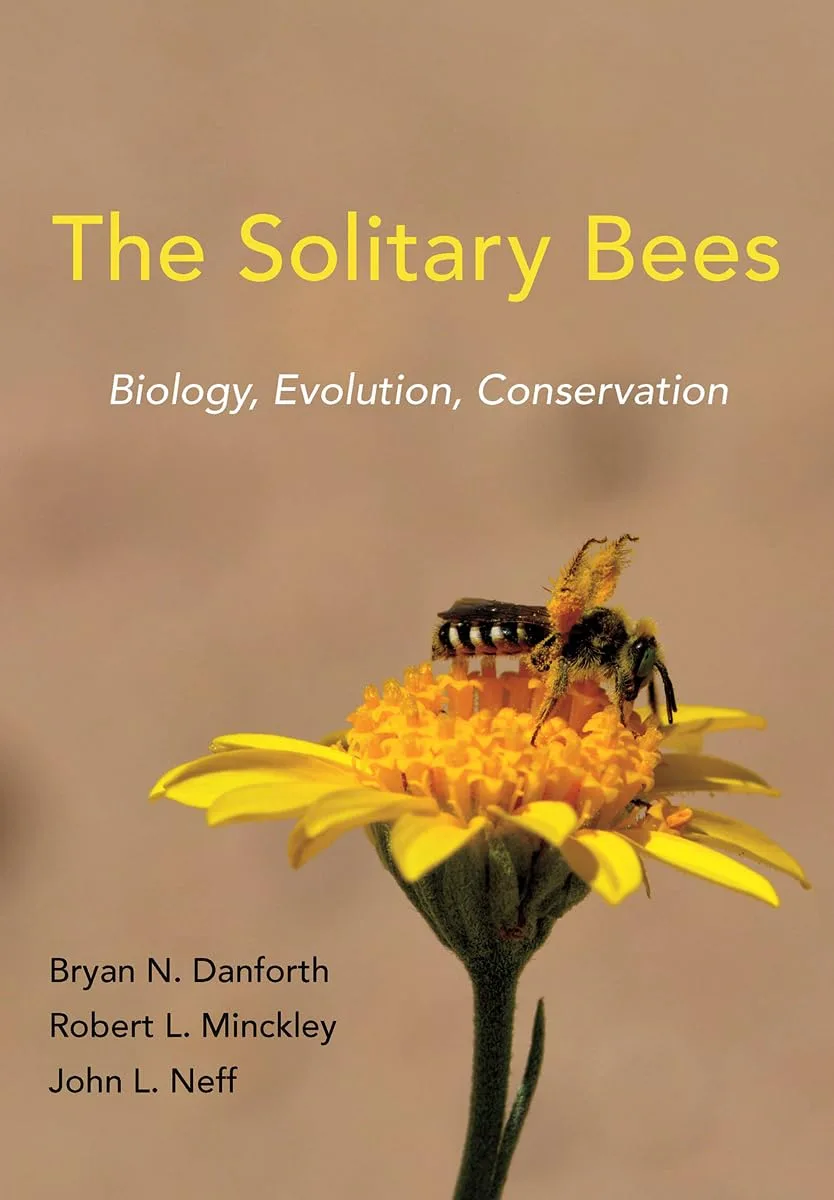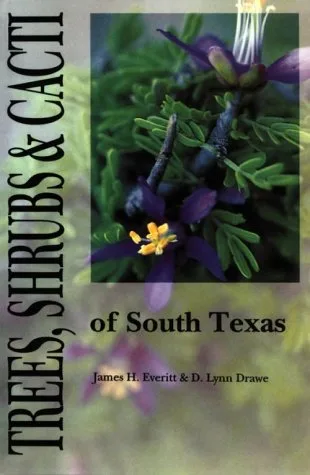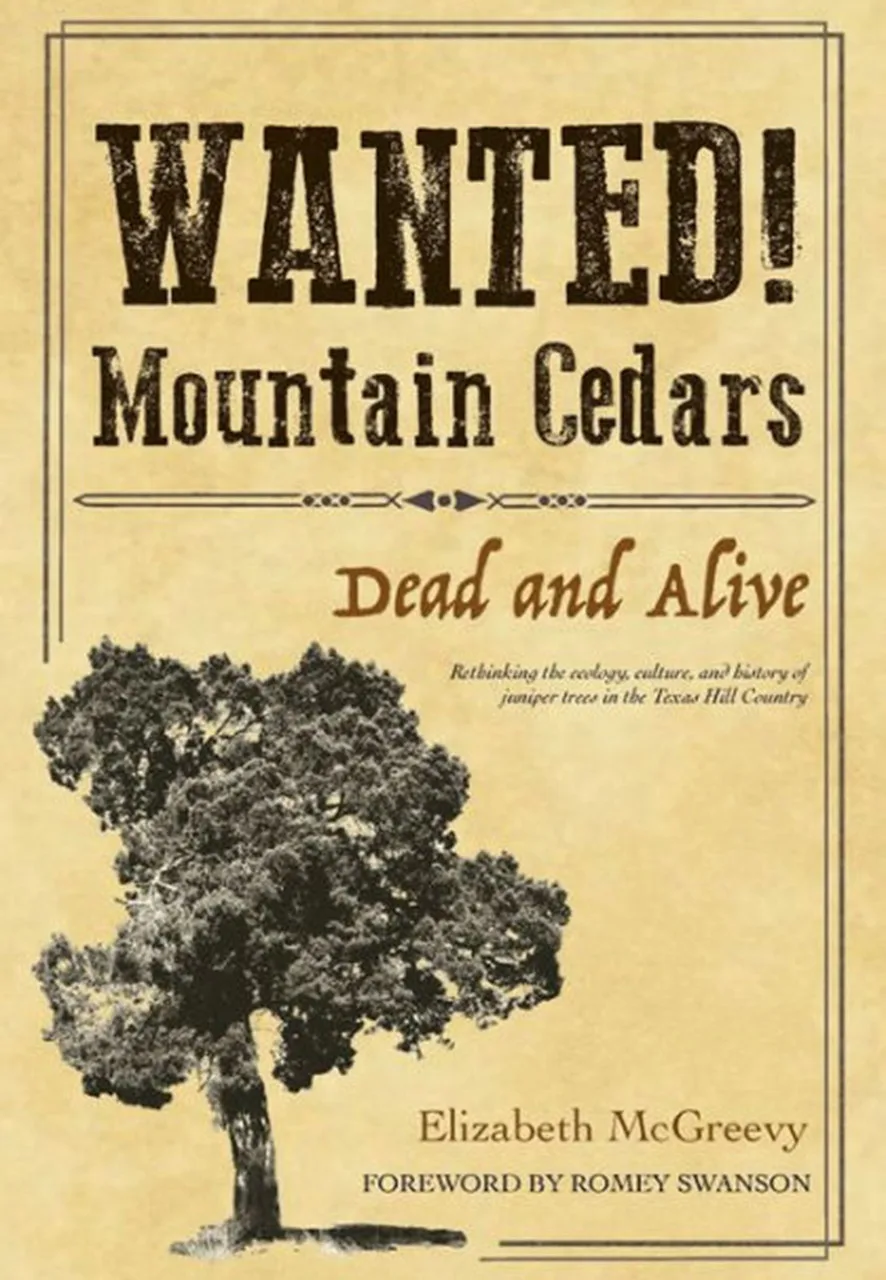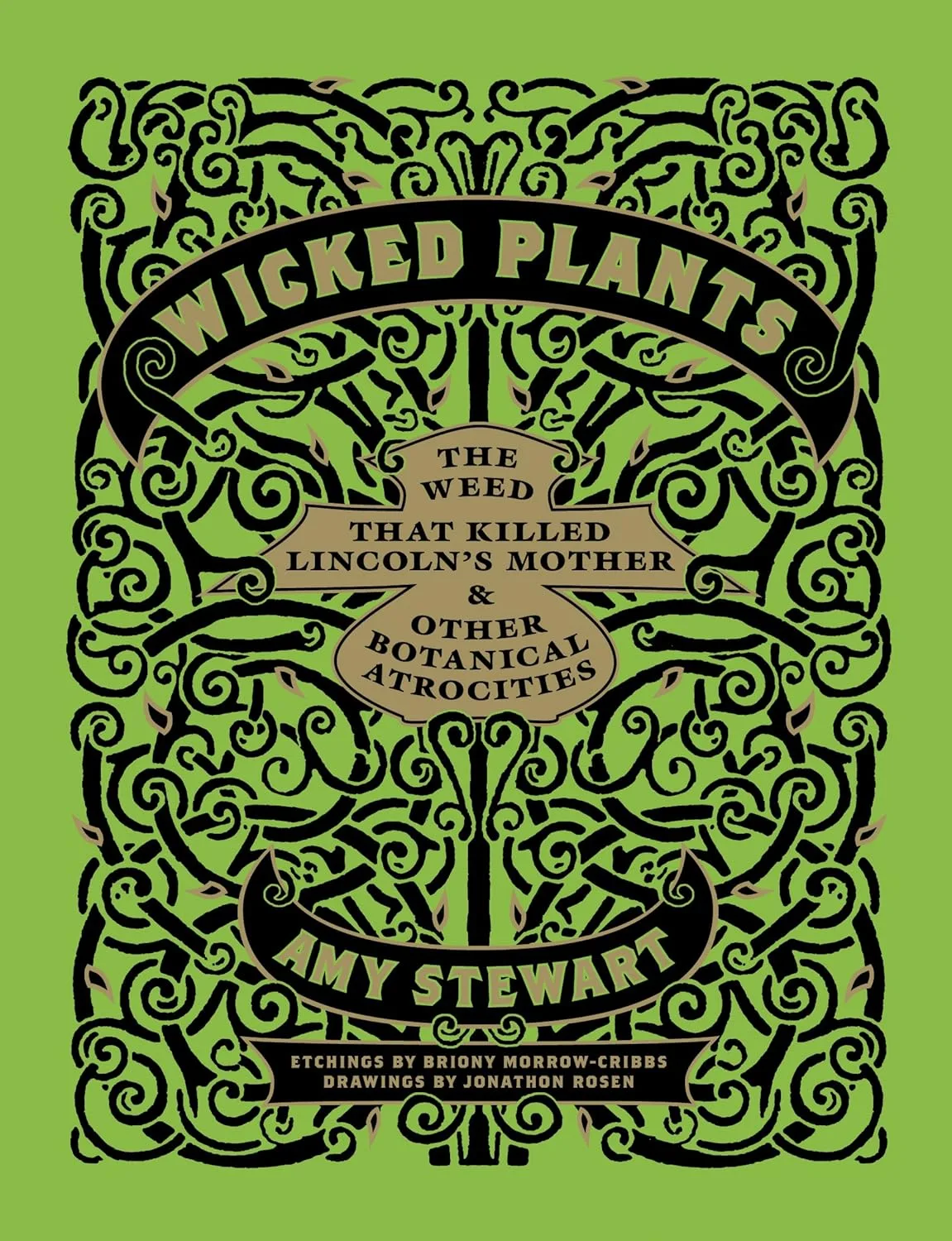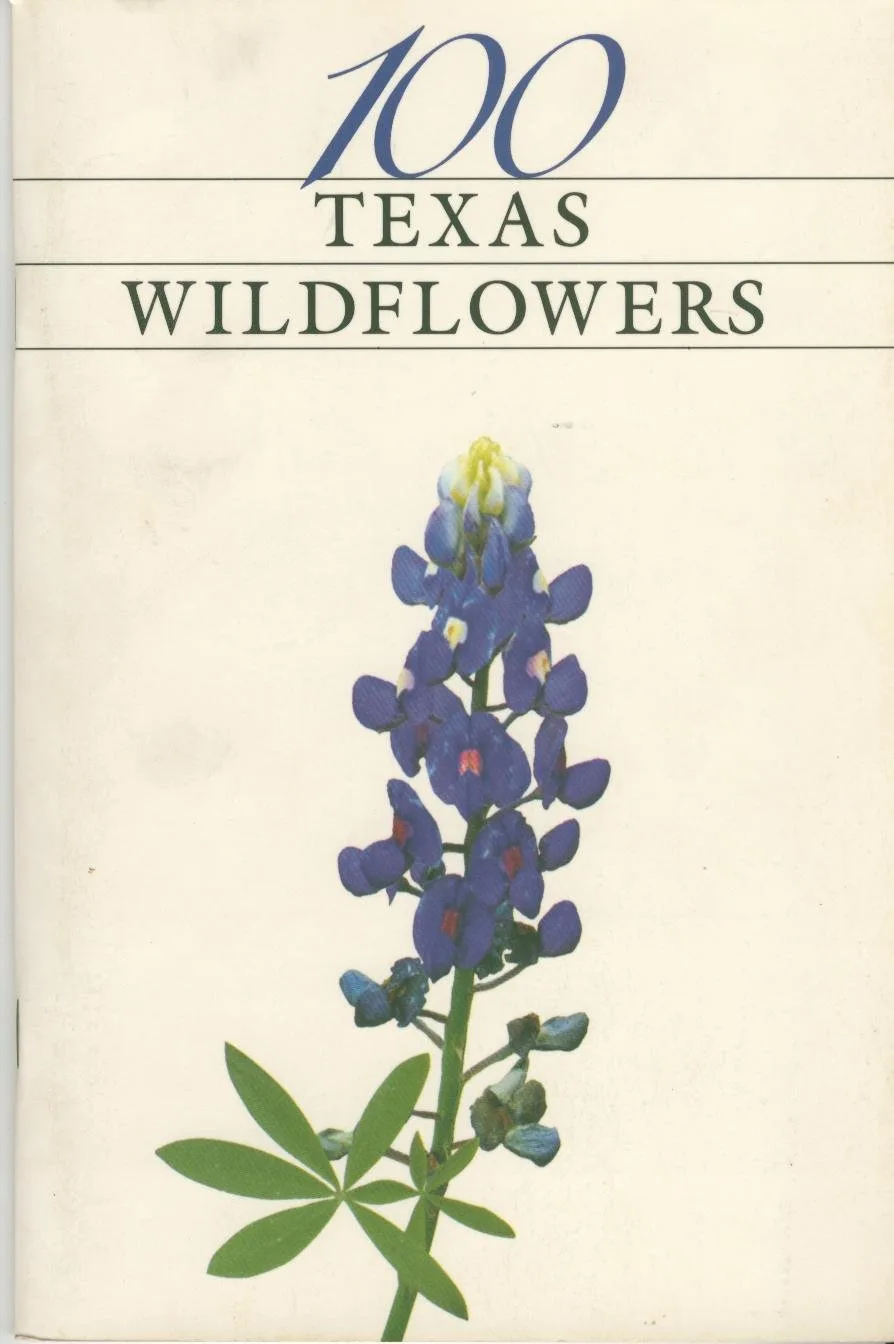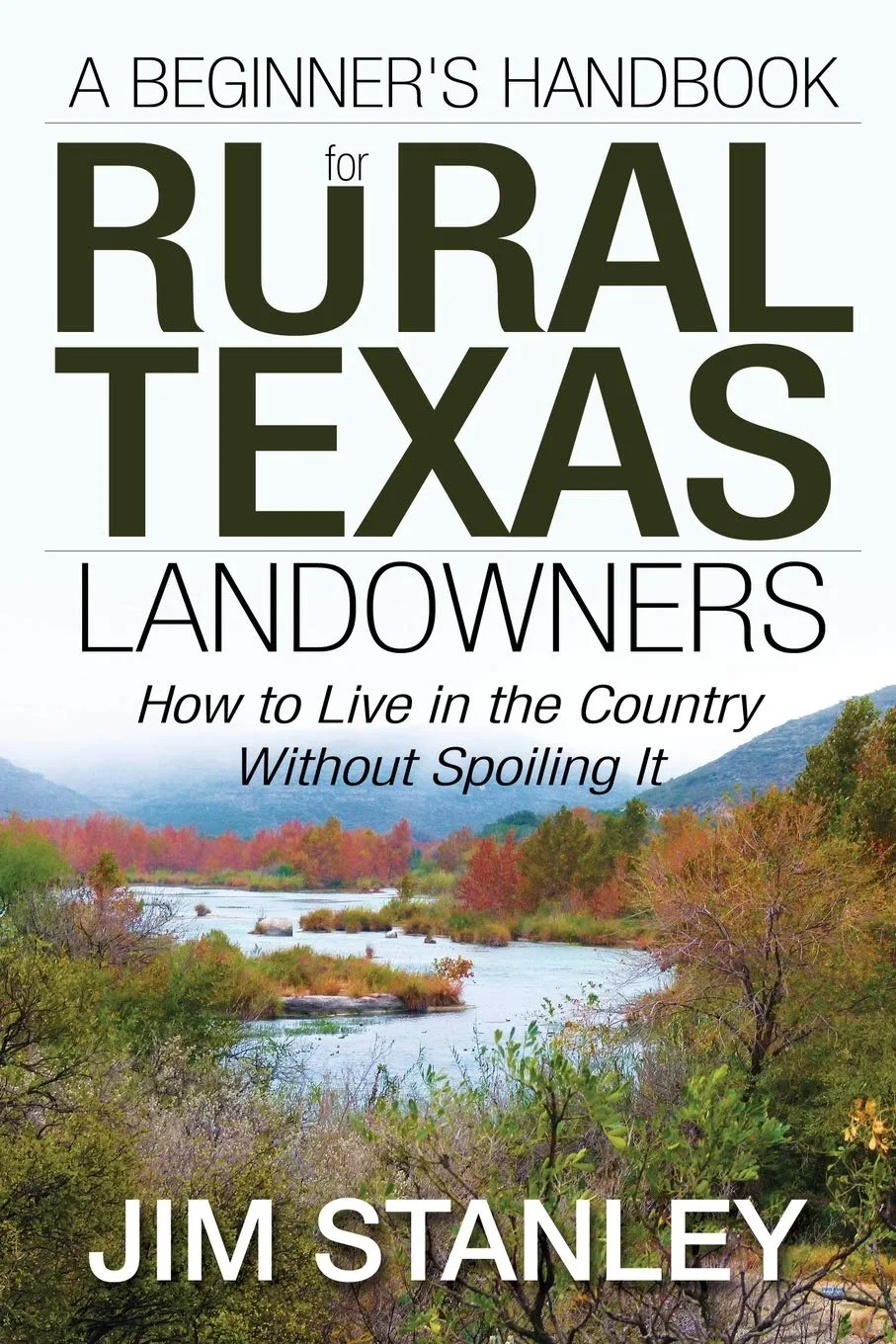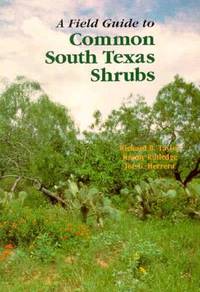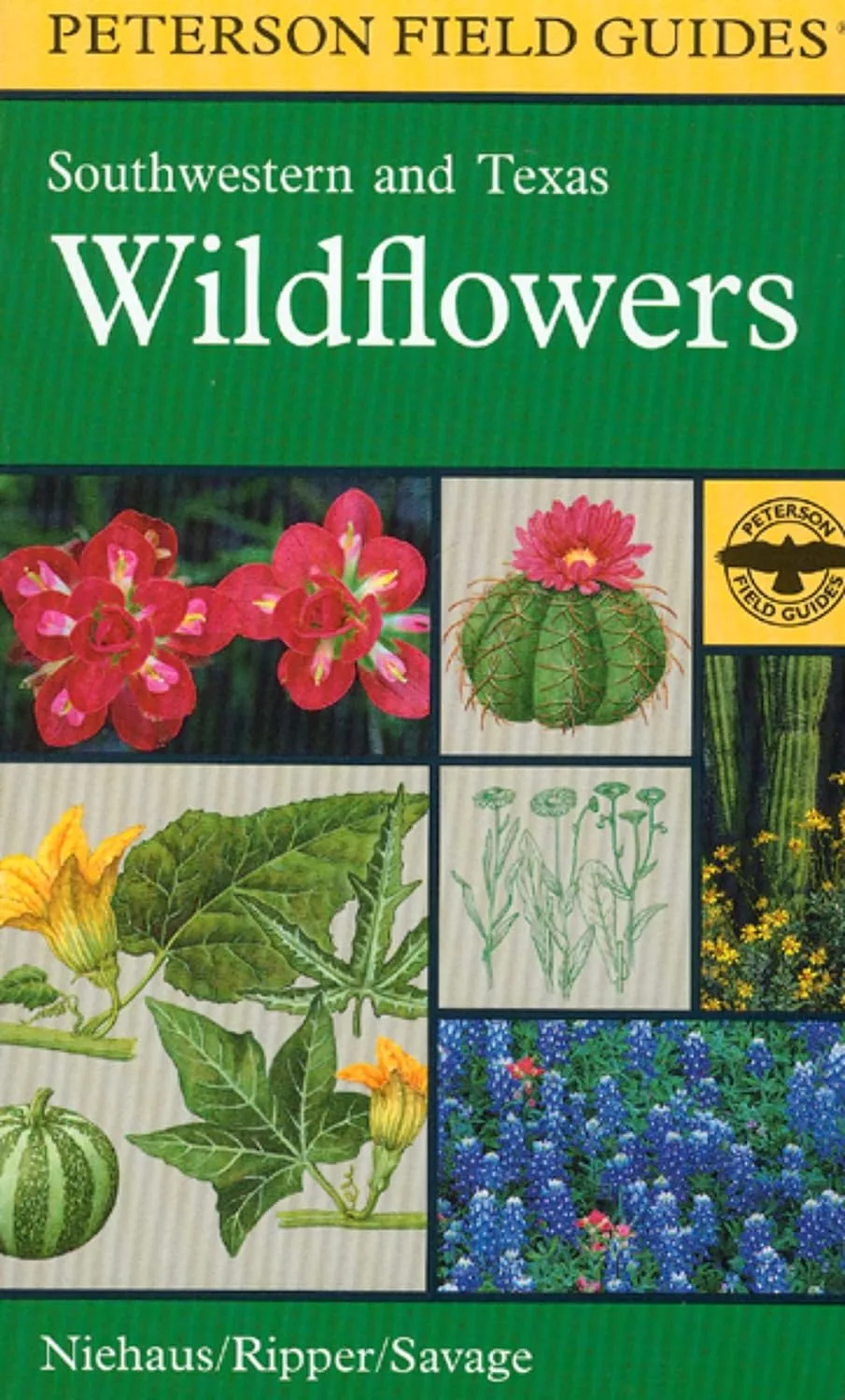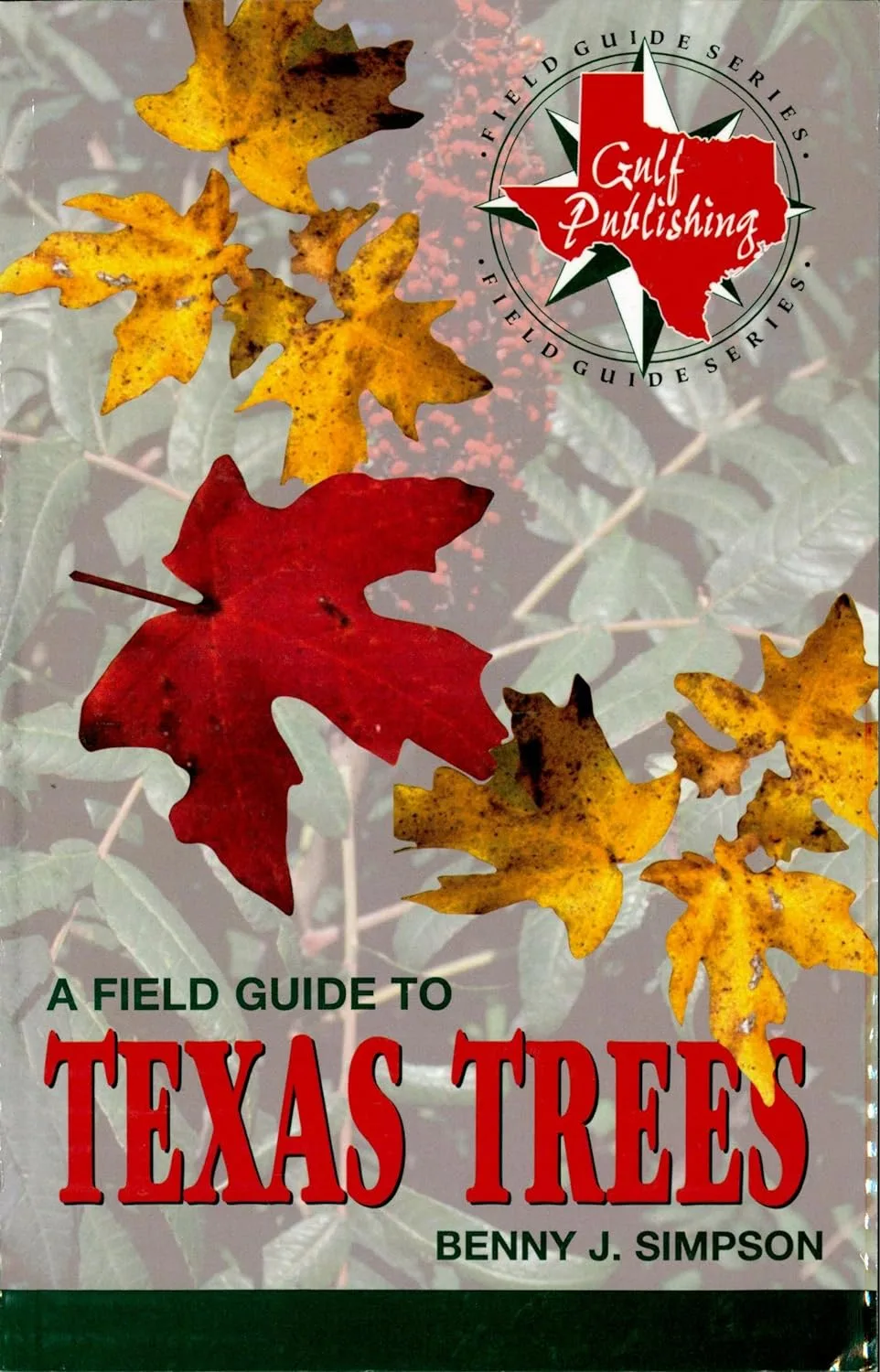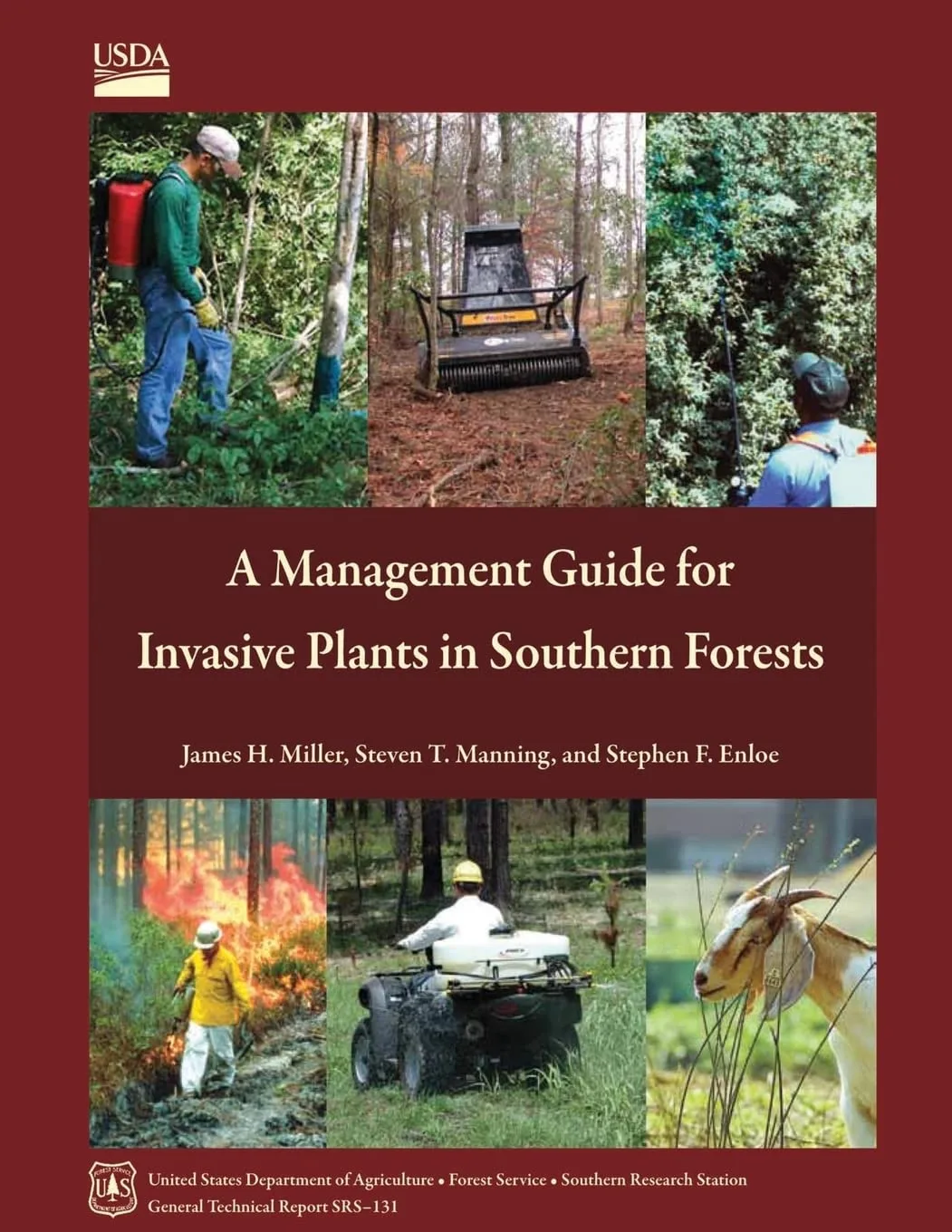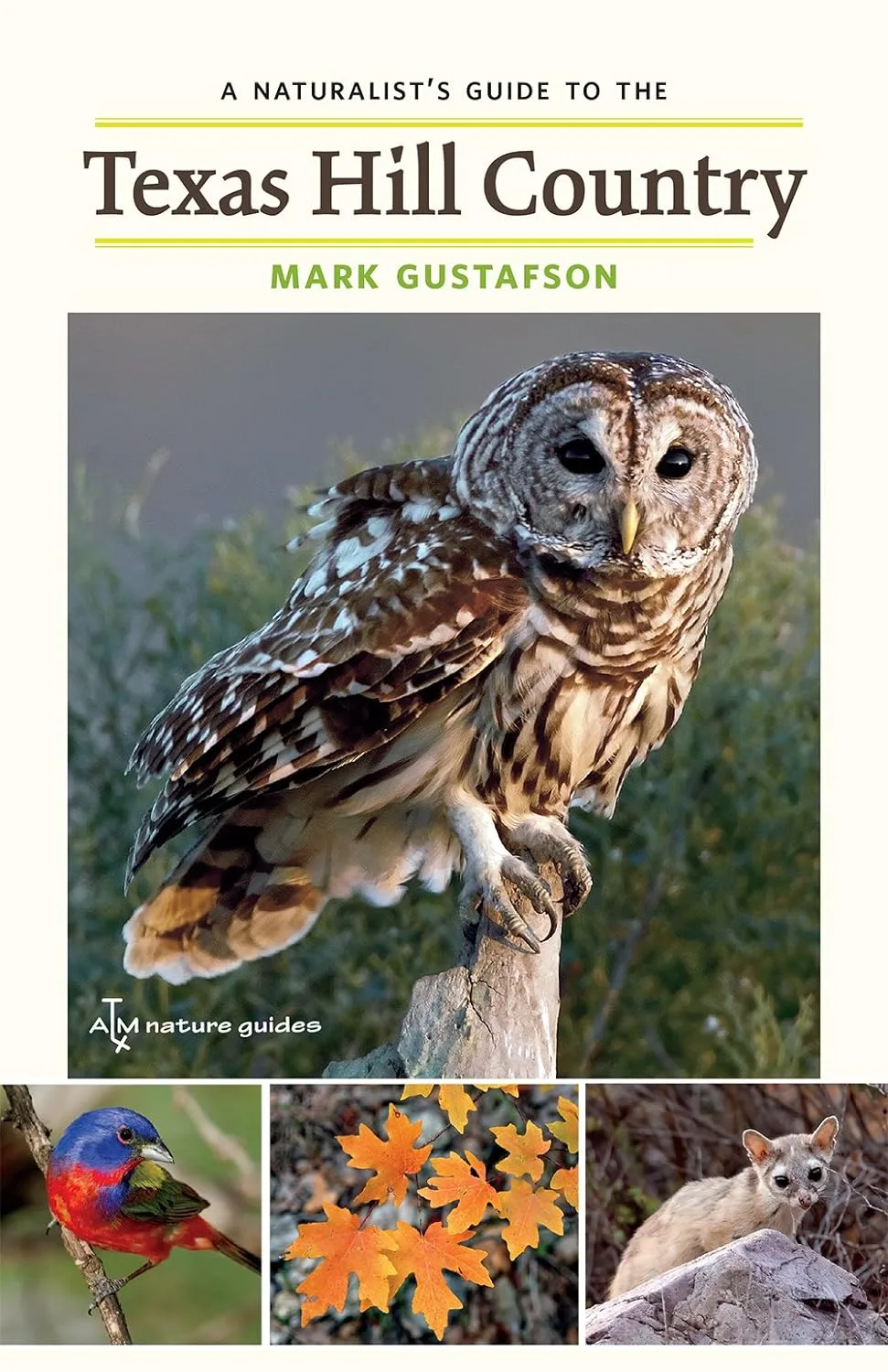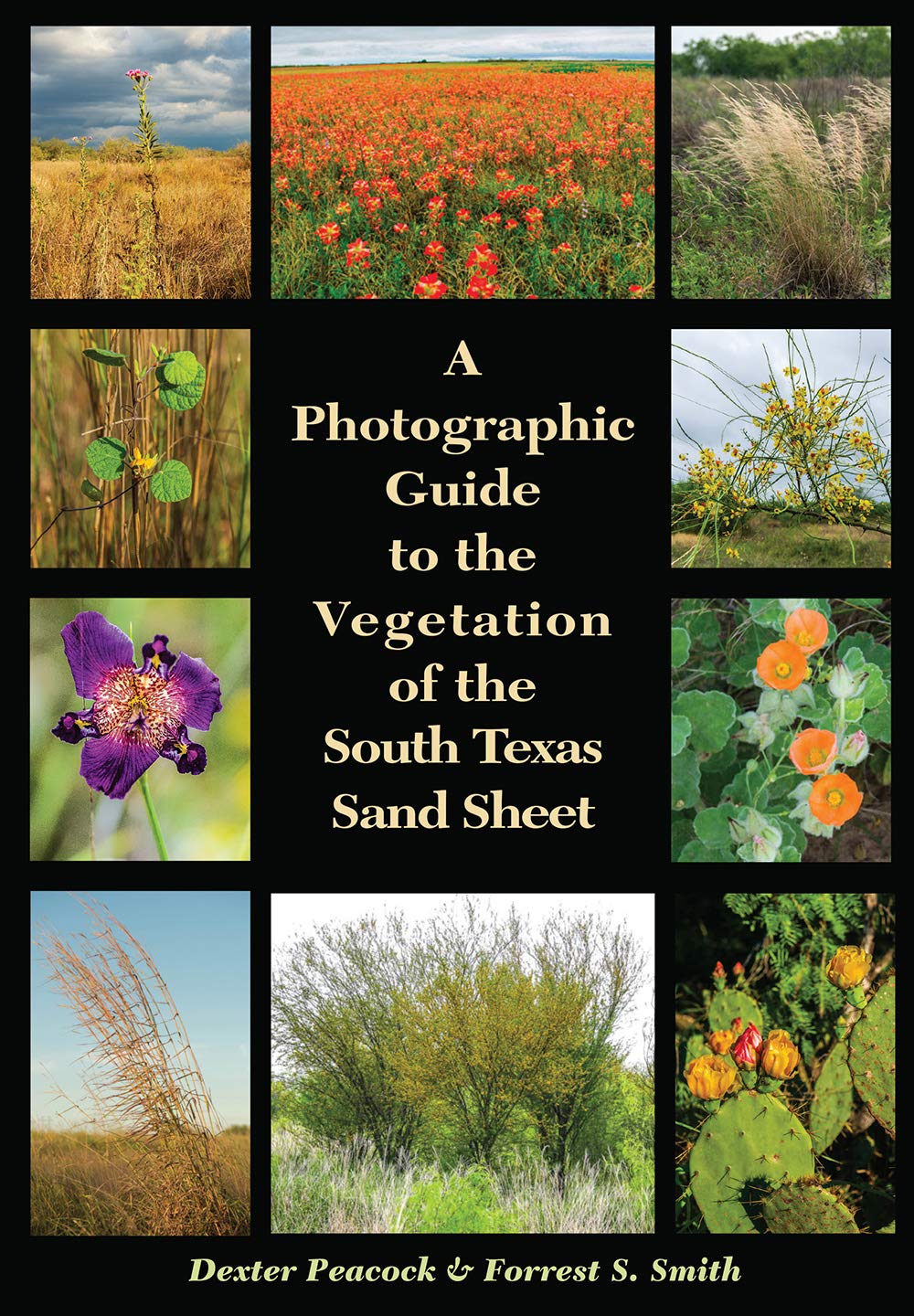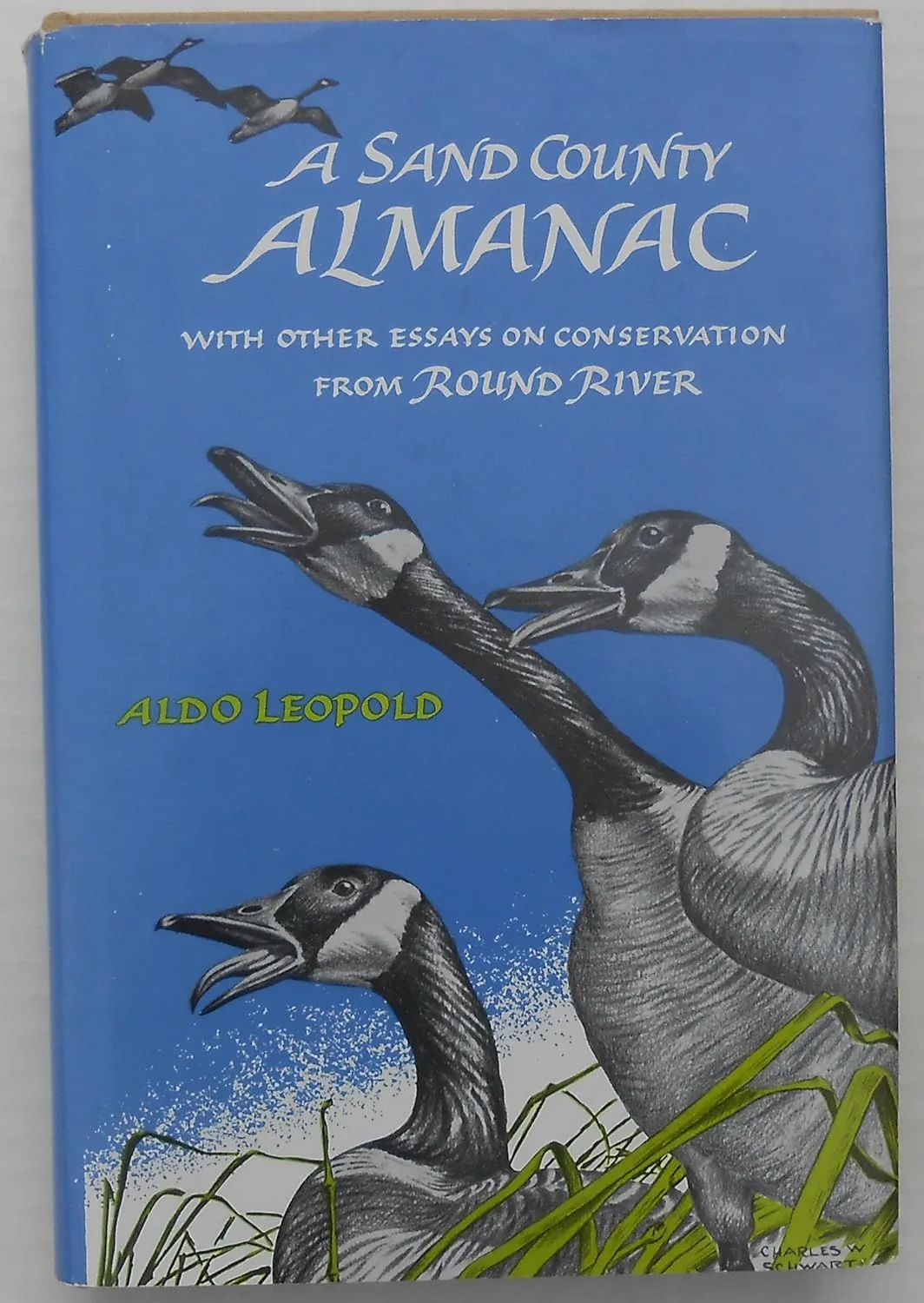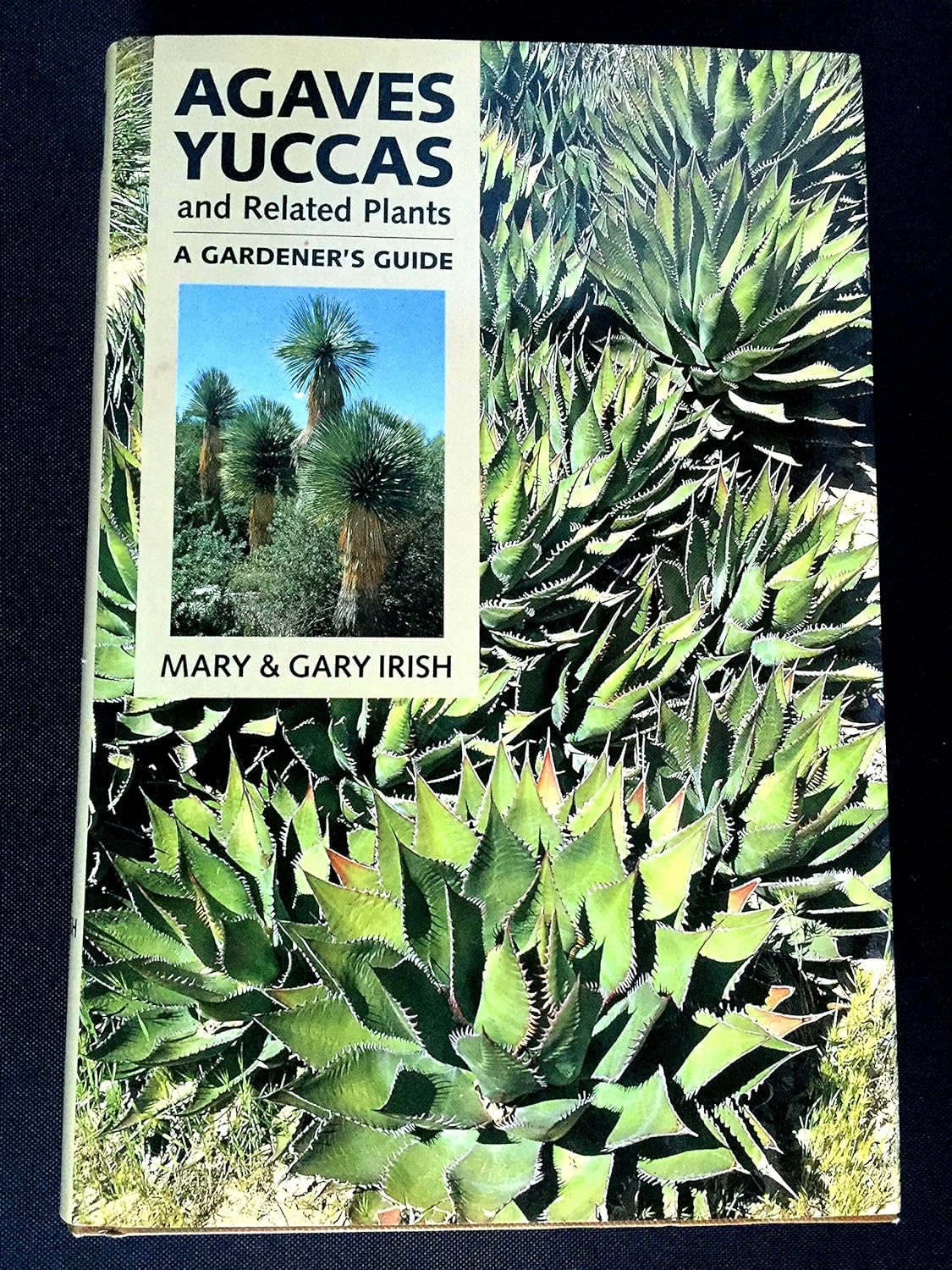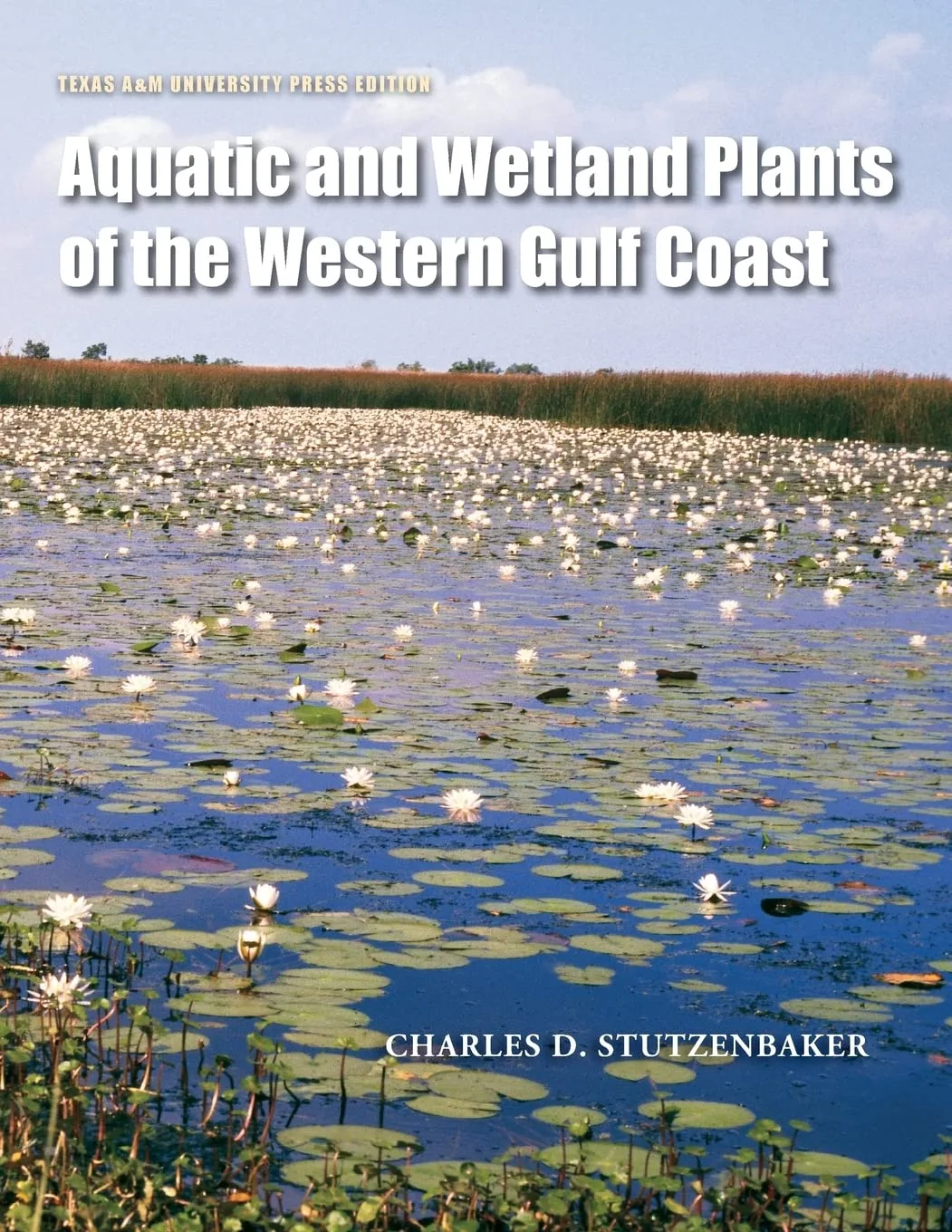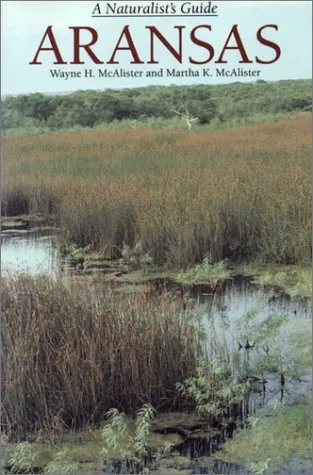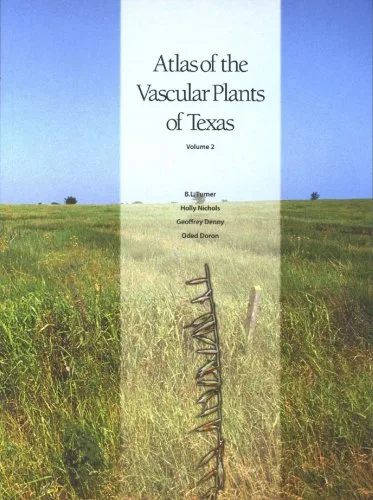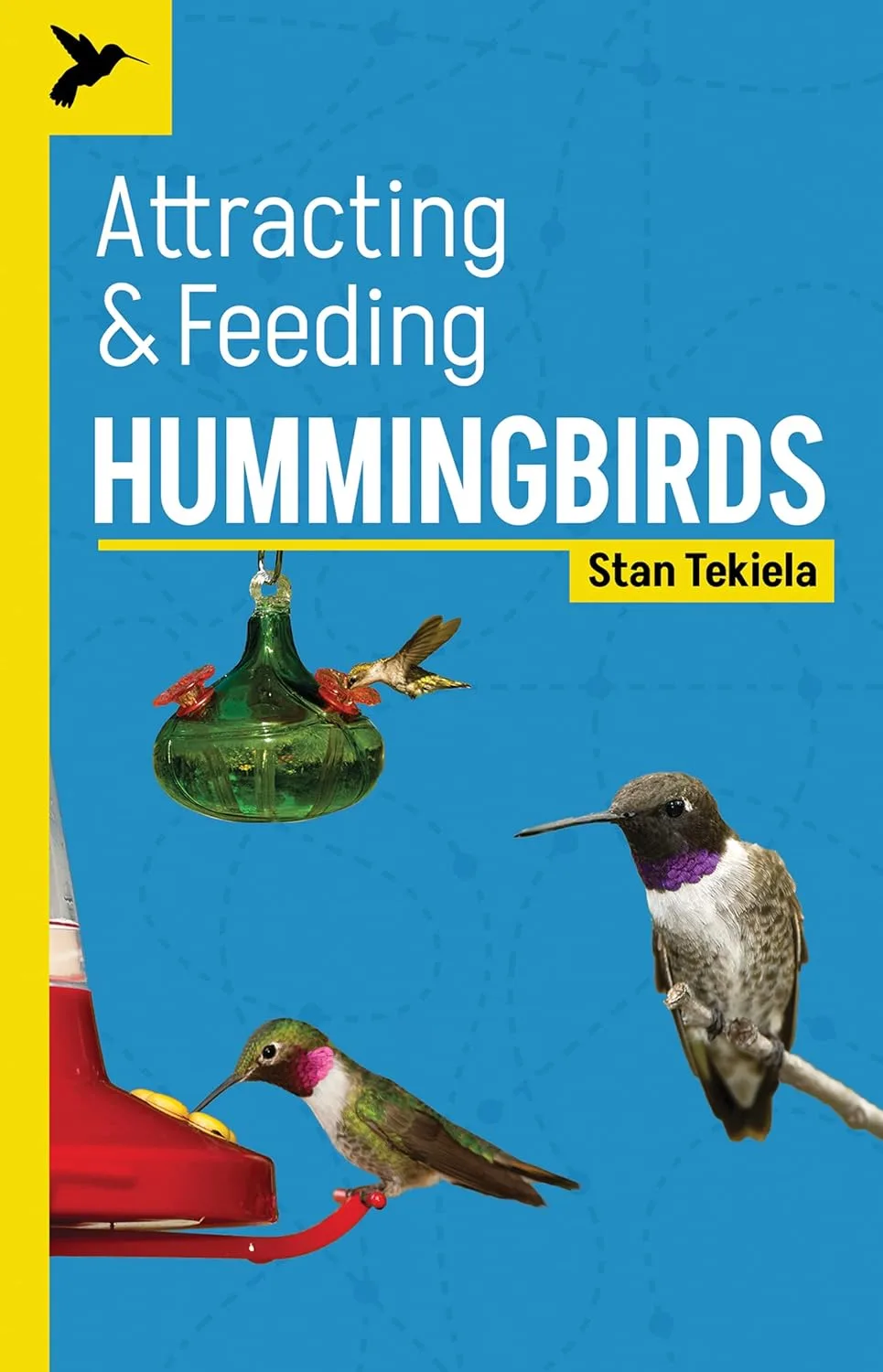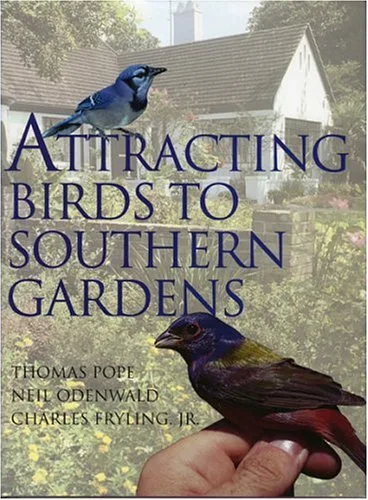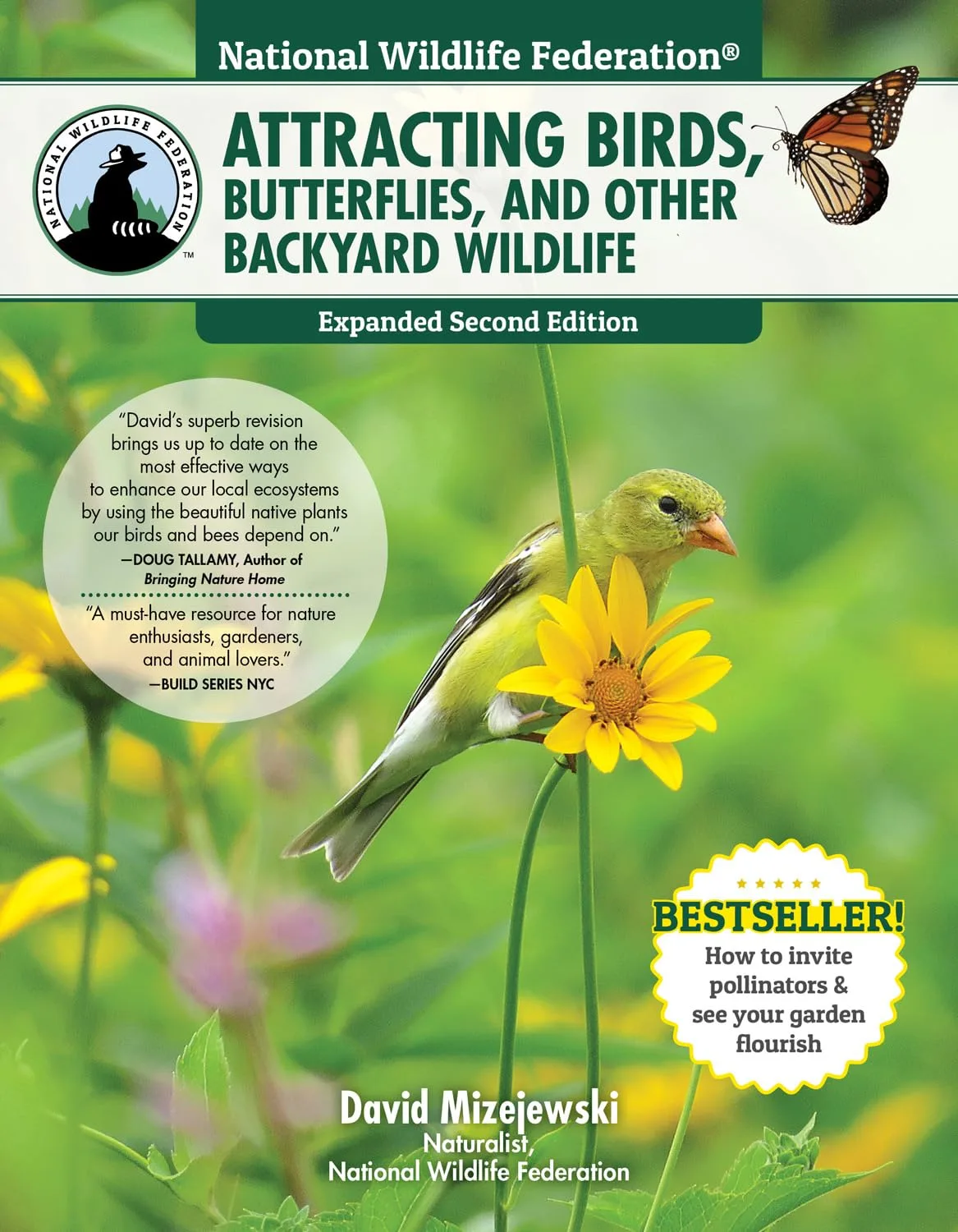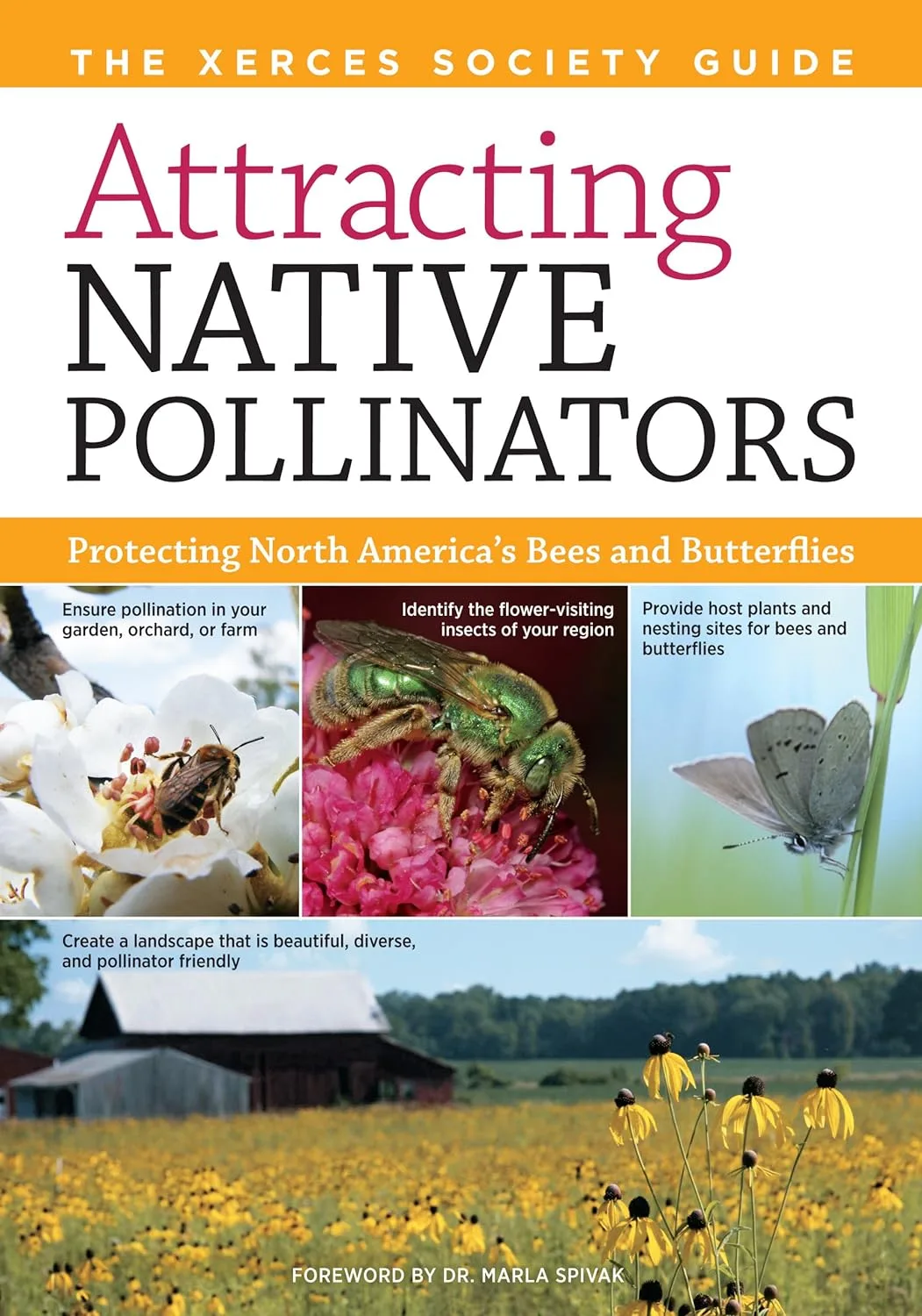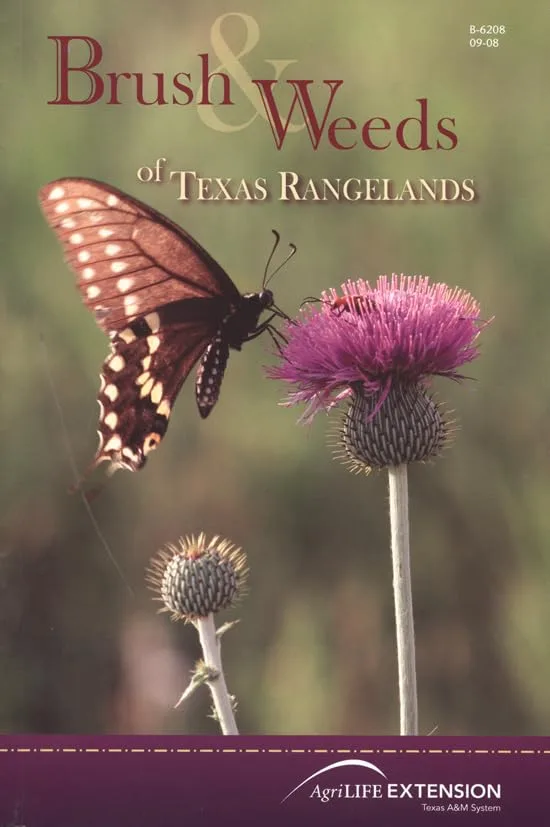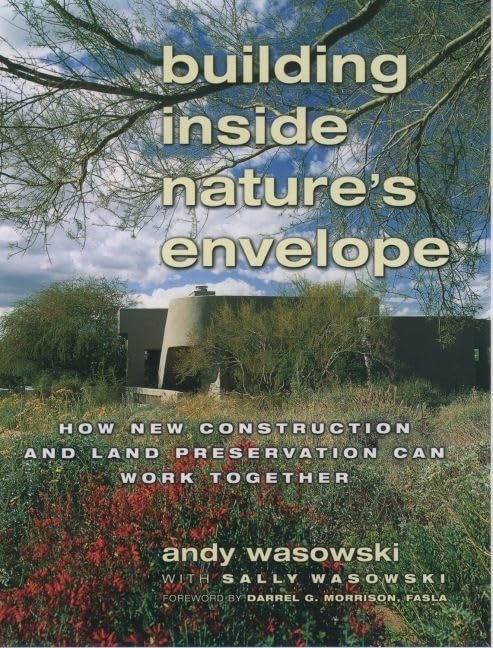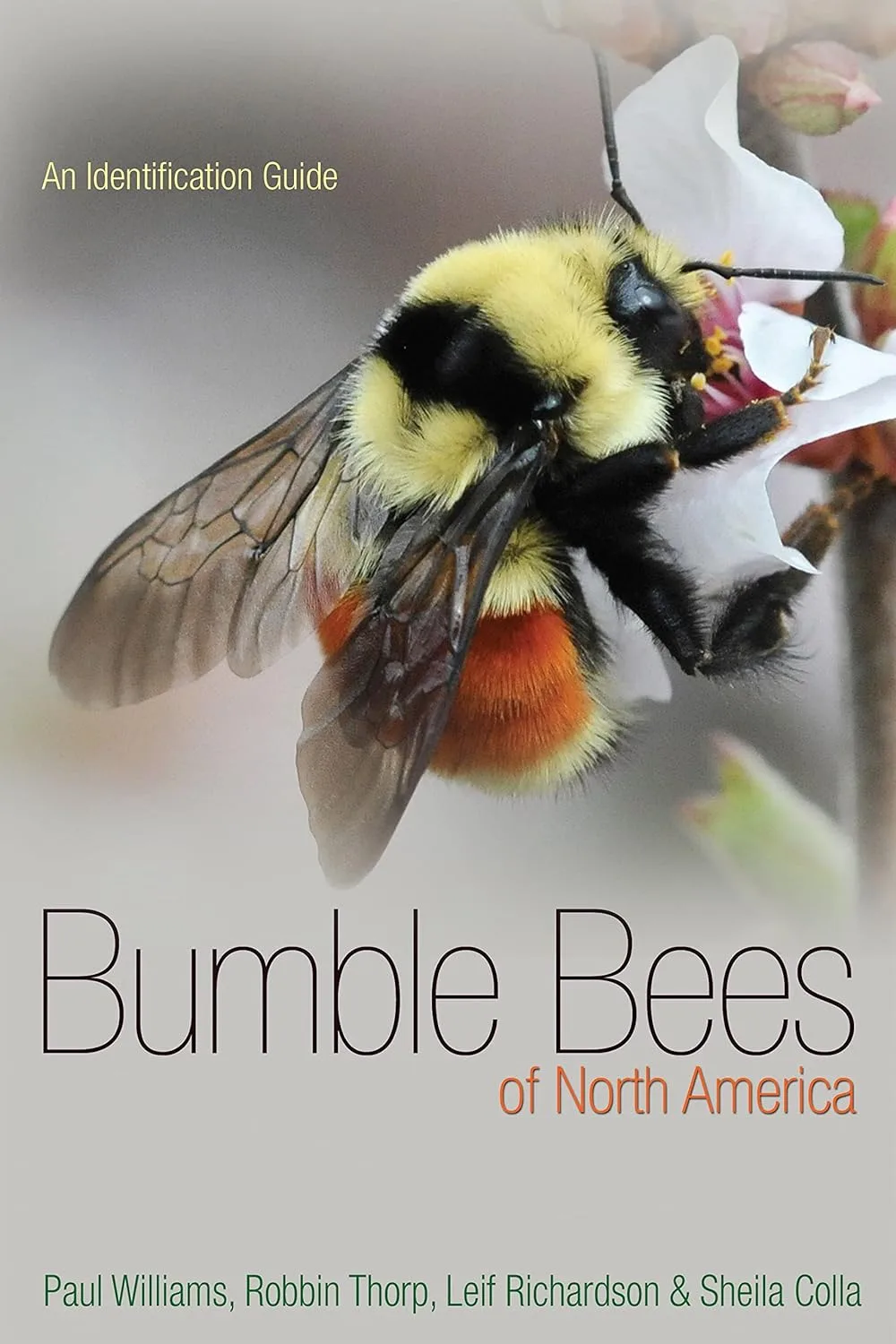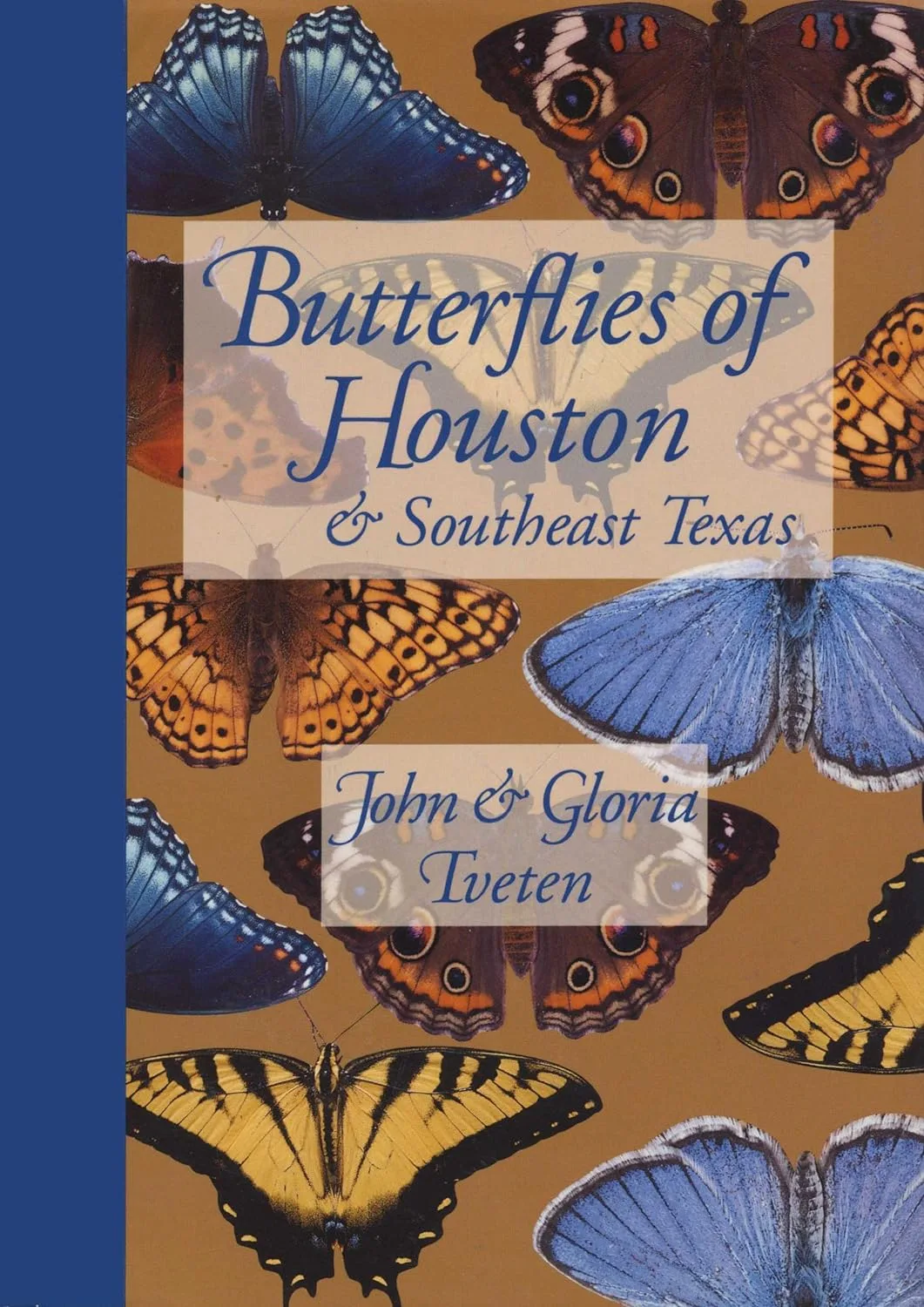
Bookstore
Welcome to our Virtual Bookstore! Enjoy browsing our selection of books about the Native Plants of Texas. We are offering this virtual bookstore through an Amazon Associates partnership. A portion of all purchases made through the Amazon links on this page will support the Native Plant Society of Texas. Thank you in advance for your support!
Our bookstore has raised thousands of dollars to support Texas native plants thanks to you!

Explore top picks and trending titles!
Expand these to see some featured books.
Best Sellers
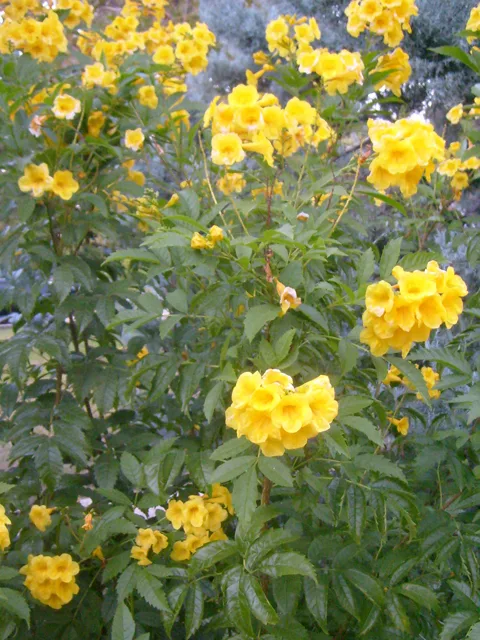
Esperanza – a N.I.C.E. spring plant and Texas SuperStar
Spring began on March 20th. To celebrate the change of season, the Kerrville
and Fredericksburg NPSOT chapters are promoting the Esperanza (Tecoma stans) at local nurseries as part of the N.I.C.E. Native Plant Partner program. (N.I.C.E. stands for “Natives Improve and Conserve Environments.”)
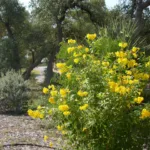 Esperanza, also known as “yellow bells” and “yellow trumpet,” is a native shrub with a tropical feel. Call it eye candy for your summer landscape – if you get it planted during the spring! Esperanza is seen all over the Hill Country, listed and pictured in every single landscape book around Austin or San Antonio, because of its long bloom time, heat tolerance, and low water use.
Esperanza, also known as “yellow bells” and “yellow trumpet,” is a native shrub with a tropical feel. Call it eye candy for your summer landscape – if you get it planted during the spring! Esperanza is seen all over the Hill Country, listed and pictured in every single landscape book around Austin or San Antonio, because of its long bloom time, heat tolerance, and low water use.
In the wild, the native esperanza will be found growing in well drained soil and full sun on rocky slopes near San Antonio and in the Trans-Pecos, north into New Mexico and Arizona, east to Florida and south into Central and South America. The species that is native to the southwestern U.S. and adjacent Mexico is Tecoma stans var. angustata, which is shorter, more drought-tolerant, and more cold-tolerant than some of the tropical varieties sold in nurseries.
South of us, esperanzas are considered almost evergreen, depending on the severity of the winter. Here in central Texas we call it a deciduous perennial – deciduous because it loses its leaves in the winter, and 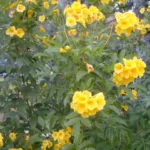 perennial because it comes back every year. The first winter, however, can be stressful or even fatal to esperanzas. That is why they should be planted in the spring, to have many months of root growth before the first hard freeze. And lots of mulch over the roots during that first winter. But at this time of year, that also means waiting to plant it until AFTER our last freeze of the winter. So you might want to hold off on planting it until you feel sure it will not freeze again. Our official “average last freeze” here is April 10.
perennial because it comes back every year. The first winter, however, can be stressful or even fatal to esperanzas. That is why they should be planted in the spring, to have many months of root growth before the first hard freeze. And lots of mulch over the roots during that first winter. But at this time of year, that also means waiting to plant it until AFTER our last freeze of the winter. So you might want to hold off on planting it until you feel sure it will not freeze again. Our official “average last freeze” here is April 10.
GOLD STAR ESPERANZA SPECIFICATIONS AT A GLANCE
Exposure: Full sun (will tolerate afternoon shade)
Size: 4-9 feet high
Planting time: Spring, after the threat of a freeze has passed
Soil type: Extremely easy to grow in alkaline to acidic, well-drained soils
Suggested uses: Use esperanza as a single specimen or plant it in groupings for a large swath of color.
Special notes: Esperanzas tolerate very high temperatures and drought – once established – but they do not tolerate poorly drained soils. During its first year, irrigate regularly, every week to 10 days, allowing plants to dry out between waterings.
WHERE TO FIND IT
Our local NICE nurseries have happily agreed to stock up on our Plant of the Season in order to have it available to the public. These independent nurseries carry only the best plants for our area, as well as high-quality soil amendments and gardening supplies.
Look for the “NICE Plant of the Season” sign stake at these nurseries and growers in Fredericksburg, Medina, Kerrville, and Comfort:
Friendly Natives, 1107 N. Llano Street, Fredericksburg, 830-997-6288
Medina Garden Nursery, 13417 Tx. Highway 16, Medina, 830-589-2771
Natives of Texas, 4256 Medina Highway, Kerrville, 830-896-2169
Plant Haus 2, 604 Jefferson Street, Kerrville, 830-792-4444
The Gardens at The Ridge, 13439 S. Ranch Road 783 (Harper Rd.), Kerrville, 830-896-0430
The Garden Haus, 109 Farm to Market Rd. 473, Comfort, 830-995-5610
Cindy Anderson, Kerrville chapter – for N.I.C.E. plants
Read Review...
Bicycling with Butterflies: My 10,201-Mile Journey Following the Monarch Migration
Sara Dykman
The author’s compelling personal journey confirming the urgency of supporting the 2-way migration of monarch butterflies. View an interview with the author on Central Texas Gardener here.
Read Review...
Bringing Nature Home: How You Can Sustain Wildlife with Native Plants
Douglas W. Tallamy
This book is a call to arms for gardeners who are searching for a better way to plant, maintain, and enjoy their gardens. The author argues that traditional landscaping practices are harmful to the environment and unsustainable in the long run. He advocates for a new approach to gardening that works with nature, not against it. The book provides practical advice on how to create a low-maintenance, sustainable garden that is both beautiful and beneficial to the environment. It includes in-depth profiles of native plants that are well-suited to different regions of the United States, as well as tips on how to design a garden that is both aesthetically pleasing and ecologically sound.
Read Review...
Gardening With Prairie Plants: How To Create Beautiful Native Landscapes
Sally Wasowski and Andy Wasowski
Filled with practical advice and detailed information, this indispensable guide to prairie gardening shows readers how to choose space, plan a garden, select plants and flowers, and much more.
Read Review...
Native Plants for Southwestern Landscapes
Judy Mielke
For gardeners who want to conserve water, the color, fragrance, shade, and lush vegetation of a traditional garden may seem like a mirage in the desert. But such gardens can flourish when native plants grow in them. In this book, Judy Mielke, an expert on Southwestern gardening, offers the most comprehensive guide available to landscaping with native plants. Writing simply enough for beginning gardeners, while also providing ample information for landscape professionals, she presents over three hundred trees, shrubs, vines, grasses, groundcovers, wildflowers, cacti, and other native plants suited to arid landscapes.
The heart of the book lies in the complete descriptions and beautiful color photographs of plants native to the Mojave, Sonoran, and Chihuahuan desert regions of the southwestern United States and northern Mexico. Mielke characterizes each plant and gives detailed information on its natural habitat, its water, soil, light, temperature, and pruning requirements, and its possible uses in landscape design.
Read Review...
Native Texas Gardens: Maximum Beauty Minimum Upkeep
Sally Wasowski and Andy Wasowski
This time-proven classic explores 600 gardens that make the most of the Lone Star State’s home-grown native greenery.
Read Review...
Native Texas Plants: Landscaping Region by Region
Sally Wasowski and Andy Wasowski
Landscape designs for every ecoregion and terrain found across Texas.
Read Review...
Nature’s Best Hope
Douglas W. Tallamy
Nature’s Best Hope shows how homeowners everywhere can turn their yards into conservation corridors that provide wildlife habitats. Because this approach relies on the initiatives of private individuals, it is immune from the whims of government policy. Even more important, it’s practical, effective, and easy—you will walk away with specific suggestions you can incorporate into your own yard.
Read Review...
Wildflowers of Texas
Micheal Eason
Michael Eason describes and illustrates more than 1,100 commonly encountered species, both native and introduced. The book is organized by flower color, with helpful color coding along the page edges making it easy to navigate.
Newest Additions
Naturalist’s Austin: A Guide to the Plants and Animals of Central Texas
Lynne M. Weber, Jim Weber
With clarity and depth of knowledge, Naturalist’s Austin: A Guide to the Plants and Animals of Central Texas provides a tour that includes nearly 700 species of plants and animals native to the region. The book opens with a natural history overview underscores the importance of a strong environmental ethic for ensuring the ability of naturally occurring species to thrive within an urban environment—even one exhibiting the type of explosive growth found in Austin.
Highlighting features of the area’s natural processes (migration, wildfire, caves, aquifers, and others), Weber and Weber present lavishly illustrated accounts of both common and unique plant and animal species, with selected exotics included, that may be found in Austin and the surrounding areas. Each section in the species accounts opens with an informative overview, and the individual accounts discuss species status, seasonality, descriptions, habitat, and “fun facts” related to interesting behaviors or adaptations.
With vivid photographs throughout, this colorful and informative guide is sure to be a favorite of Texas nature lovers. Naturalist’s Austin provides an authoritative and enjoyable resource for the greater appreciation and better stewardship of our natural resources.
Read Review...
Planting in a Post-Wild World: Designing Plant Communities for Resilient Landscapes
Thomas Rainer, Claudia West
Over time, with industrialization and urban sprawl, we have driven nature out of our neighborhoods and cities. But we can invite it back by designing landscapes that look and function more like they do in the wild: robust, diverse, and visually harmonious. This book is an inspiring call to action dedicated to the idea of a new nature—a hybrid of both the wild and the cultivated—that can flourish in our cities and suburbs. This is both a post-wild manifesto and practical guide that describes how to incorporate and layer plants into plant communities to create an environment that is reflective of natural systems and thrives within our built world.
Read Review...
Your Remarkable Riparian A Field Guide to Riparian Plants Within the Nueces River Basin of Texas
Steve Nelle
This user-friendly guide introduces the most commonly observed riparian vegetation in
the Edwards Plateau and Rio Grande Plains. However, most of the plants presented
herein occur in riparian areas all across Texas, including the Cross Timbers, Trans-Pecos
and Rolling Plains. The riparian principles described apply to all creeks and rivers.
We’ve included images and details on plants that truly provide the heavy lifting when
it comes to holding and cleaning water within the riparian landscape.
This field guide is a tool that you can refer to again and again. Keep it on the dashboard,
take it to the creek, or leave it on the kitchen table so you can consult it regularly. It’s up to
you to learn to read your riparian areas and determine if they’re gaining or losing function.
With this knowledge and appreciation, you can successfully assess and monitor your
riparian areas and help manage them in ways that conserve and enhance their function.
The Purchase button links to a FREE PDF eBook.
Read Review...
Weeds in South Texas and Northern Mexico: A Guide to Identification
James H. Everitt, D. Lynn Drawe, Robert I. Lonard
One person’s weed is another’s wildflower, but in this book weeds of southern Texas and northern Mexico are defined as plants that are considered a nuisance to farmers or noxious to livestock in the region. The book covers 189 broad-leaved herbaceous species, grasslike plants, and grasses, encompassing 144 genera and 45 families. These include one species of fern, 142 species of dicots, and 46 species of monocots. Of the dicots, 111 species of dicots are native and 31 are introduced. Twenty-one species of monocots are native, and 25 are introduced.
The species descriptions include color photographs, family names, common names, scientific names, general descriptions, and the ecological characteristics of the weeds. Voucher specimens for most of the plants are on file in the University of Texas–Pan American Herbarium. Although this book focuses on plants that occur on both sides of the Rio Grande in Texas and northern Mexico, the extensive ranges of many of the represented species make it a useful reference for weeds in other areas of Texas and the southwestern United States. This book will be useful to farmers and farm managers, agricultural consultants, ranchers, natural resource managers, scientists, and anyone interested in the flora of southern Texas and northern Mexico.
Read Review...
The Solitary Bees: Biology, Evolution, Conservation
Bryan N. Danforth, Robert L. Minckley, John L. Neff
This book uses a modern phylogenetic framework to shed new light on the life histories and evolution of solitary bees. It explains the foraging behavior of solitary bees, their development, and competitive mating tactics. The book describes how they construct complex nests using an amazing variety of substrates and materials, and how solitary bees have co-opted beneficial mites, nematodes, and fungi to provide safe environments for their brood. It looks at how they have evolved intimate partnerships with flowering plants and examines their associations with predators, parasites, microbes, and other bees. This up-to-date synthesis of solitary bee biology is an essential resource for students and researchers, one that paves the way for future scholarship on the subject.
Read Review...
Trees, Shrubs & Cacti of South Texas
James H. Everitt, D. Lynn Drawe, Robert I. Lonard
Two hundred vivid color photographs illustrating approximately 190 species of plants are included in this field guide to the flora of southern Texas. The trees, shrubs, and cacti described within the volume are representative of much of the plant life throughout the coastal Southwest and northern coastal Mexico. Included are family name, scientific name, common name, general description, geographical range, and ecological characteristics.
Read Review...
Wanted! Mountain Cedars, Dead and Alive
Elizabeth McGreevy
This book tells the story of Mountain Cedar trees that grow in the Texas Hill Country. Over the last 100 years, these trees have been characterized as non-native, water-hogging, grass-killing, toxic, useless species to justify their removal. The result has been a glut of Mountain Cedar tall tales and anti-cedar sentiments.
Inside this ambitious, well-researched book, natural resources planner and ecologist Elizabeth McGreevy presents another perspective of these trees, also known as Ashe Junipers or Blueberry Junipers. While digging into Texas Hill Country politics, history, economics, culture, and ecology, McGreevy tracks down the origins of each tall tale to determine what is true, what is false, and what lies somewhere in between. She also explains why people respected Mountain Cedars before the 1900s, and what events led to the trees’ downfall and the landscape we see today.
Through a series of arguments, this book serves to replace anti-cedar sentiments with a more constructive, less emotional approach to Hill Country land management and a perspective that not all Mountain Cedars are bad.
Read Review...
Wicked Plants: The Weed that Killed Lincoln’s Mother and Other Botanical Atrocities
Amy Stewart
In this book Stewart takes on over two hundred of Mother Nature’s most appalling creations. It’s an A to Z of plants that kill, maim, intoxicate, and otherwise offend. You’ll learn which plants to avoid (like exploding shrubs), which plants make themselves exceedingly unwelcome (like the vine that ate the South), and which ones have been killing for centuries (like the weed that killed Abraham Lincoln’s mother).
Menacing botanical illustrations and splendidly ghastly drawings create a fascinating portrait of the evildoers that may be lurking in your own backyard. Drawing on history, medicine, science, and legend, this compendium of bloodcurdling botany will entertain, alarm, and enlighten even the most intrepid gardeners and nature lovers.
Read Review...
Browse our Books
100 Texas Wildflowers
Dorothy Barid Mattiza
Identifies 100 of the most conspicuous wildflower species native to Texas, keyed to the regions where each may be found. Photos by members of the Native Plant Society of Texas.
Read Review...
A Beginner’s Handbook for Rural Texas Landowners
Jim Stanley
Living in the country in Texas can be the most enjoyable experience of your life, but managing rural property is not the same as taking care of a half-acre suburban lot. Living in the country and taking care of the land involves issues many new landowners have not experienced before. This book discusses why it is so important that rural land in Texas be well-managed and the native flora and fauna be protected.
Read Review...
A Field Guide to Common South Texas Shrubs
Richard B. Taylor, Jimmy Rutledge, and Joe G. Herrera
A Field Guide to Common South Texas Shrubs” is a plant identification field guide designed to assist landowners, managers, and hunters identify selected woody plants and cacti that are important to wildlife and livestock in South Texas. The plants are grouped into thorny and thornless categories and alphabetized by family. The book provides a comprehensive reference on the most common species found within the South Texas Plains, and includes information on their value to livestock, wildlife, and humans.
Read Review...
A Field Guide To Southwestern And Texas Wildflowers
Theodore F. Niehaus, Charles L. Ripper
This guide, covering 1,505 species of wildflowers, groups flowers by color and plant characteristics for easy matching of pictures with specimens. With descriptions facing the more than 1,500 illustrations, all the information you need can be seen at a glance.
Read Review...
A Field Guide to Texas Trees
Benny Simpson
This book provides a comprehensive guide to identifying trees in Texas. It includes detailed descriptions of over 200 species of trees, as well as illustrations and photographs to aid in identification .
Read Review...
A Management Guide for Invasive Plants in Southern Forests
Steven T. Manning
This book provides the latest information on how to organize and enact prevention programs, build strategies, implement integrated procedures for management, and proceed towards site rehabilitation and restoration. The book is aimed at helping manage the invasions of nonnative plants into forests and landscapes of the Southern United States, which continue to spread and include new species, increasingly eroding forest productivity, hindering forest use and management activities, and degrading diversity and wildlife. The book also provides information on accurate identification and effective control of the 33 nonnative plants and groups that are currently invading the forests of the 13 Southern States, showing both growing and dormant season traits.
Read Review...
A Naturalist’s Guide to the Texas Hill Country
Mark Gustafson
In this guide, biologist Mark Gustafson introduces residents and visitors to the history, geology, water resources, plants, and animals found in the nineteen counties occupying the eastern part of the Edwards Plateau, the heart of the Hill Country.
He profiles three hundred of the most common and unique species from all of the major groups of plants and animals: trees, shrubs, wildflowers, cacti, vines, grasses, ferns, fungi, lichens, birds, mammals, reptiles, amphibians, fishes, and invertebrates. Color photographs are included for each species along with a brief description.
He closes with a chapter on significant state parks and natural areas in the region as an invitation to visit and explore the Texas Hill Country.
As large metropolitan areas continue to encroach on the Hill Country, newcomers are moving in and more people are flocking to its many attractions. This guidebook will enrich the appreciation of the region’s rich and unique biodiversity and encourage conservation of the natural world encountered.
Read Review...
A Photographic Guide to the Vegetation of the South Texas
Dexter Peacock and Forrest Smith
Includes 200 of the most common grasses, flowering plants, vines, cacti, and woody plants of the South Texas Sand sheet. Part of Perspectives on South Texas, a 12-book series sponsored by Texas A&M University Kingsville.
Read Review...
A Sand County Almanac with Other Essays on Conservation from Round River
Aldo Leopold
“A Sand County Almanac with Other Essays on Conservation from Round River” is a book written by Aldo Leopold, first published in 1949. The book is a collection of essays that discuss the author’s experiences and observations of the natural world, particularly in the American Midwest.
The book is divided into four sections: “A Sand County Almanac,” “Sketches Here and There,” “The Quality of Landscape,” and “The Upshot”. The first section is a month-by-month account of the natural events that occur in the author’s home county in Wisconsin. The second section is a collection of essays that describe the author’s travels to various locations in the United States and Canada. The third section discusses the importance of preserving the natural landscape and the role of humans in shaping it. The final section is a philosophical reflection on the relationship between humans and the natural world. The book is considered a classic of American nature writing and has been influential in the development of the modern environmental movement.
Read Review...
Agaves, Yuccas, and Related Plants: A Gardener’s Guide
Mary F. Irish and Gary Irish
This book provides information on the cultivation and gardening uses of agave and yucca, as well as several other American genera in the family Agavaceae, with discussion of their cultivation in more adverse climates. The book is aimed at gardeners who are interested in growing these striking drought-tolerant plants native to the Americas. The book includes keys for identification and some 100 color photographs and 18 drawings.
Read Review...
Aquatic & Wetland Plants of the Western Gulf Coast
Charles D. Stutzenbaker
This is a comprehensive guide to the aquatic and wetland plants of the Gulf Coast from New Orleans to Brownsville, including all of the Texas coast. The book is authored by Charles D. Stutzenbaker, a retired wildlife biologist, and was originally published by Texas Parks & Wildlife Department.
The book fills a longstanding need for a comprehensive, easy-to-use guide to the aquatic and wetland plants of the Gulf Coast. It describes the habitat requirements, wildlife values, propagation, and management possibilities for more than 200 plants, which are illustrated by pen-and-ink drawings that accompany habitat and scale photographs for field identification. The plants are arranged by growth characteristics, ranging from free-floating aquatics to shrubs, and each plant occupies a handy, two-page spread.
Read Review...
Aransas, A Naturalist’s Guide
Wayne H. McAlister and Martha K. McAlister
This book is a comprehensive guide to the natural and cultural history of Aransas National Wildlife Refuge, located on the Texas Gulf Coast. The book offers a detailed overview of the plants, animals, land, and sea that form a living web sustaining an amazing diversity of creatures in the refuge. The guide takes an ecological approach to show how the plants, animals, land, and sea form a living web that sustains an amazing diversity of creatures. The book is organized into chapters that discuss the land itself, the whooping cranes and other endangered species, game animals, introduced species, mammals, birds, herptiles, fish, invertebrates, and woody and herbaceous plants.
Read Review...
Atlas of the Vascular Plants of Texas Volume 1: Dicots
B.L. Turner, Holly Nichols, Geoffrey Den, Barney Lipscomb
This is the first atlas of the Texas flora ever and provides distributional information for about 6000 taxa of vascular plants native and naturalized in the state of Texas. The book is the result of 52 years of herbarium and fieldwork, beginning in 1948 at Sul Ross State University, Alpine, Texas by the senior author.
The book is organized into two volumes: Volume 1 covers dicots, while Volume 2 covers ferns, gymnosperms, and monocots. The book is a prime-source document of biological data and is most welcomed by botanists, taxonomists, conservationists, environmental consultants, researchers, as well as teachers, students, wildflower enthusiasts, and naturalists.
Read Review...
Atlas of the Vascular Plants of Texas, Volume 2: Ferns, Gymnosperms, Monocots
B.L. Turner, Barney Lipscomb
This is the first atlas of the Texas flora ever and provides distributional information for about 6000 taxa of vascular plants native and naturalized in the state of Texas. The book is the result of 52 years of herbarium and fieldwork, beginning in 1948 at Sul Ross State University, Alpine, Texas by the senior author.
The book is organized into two volumes: Volume 1 covers dicots, while Volume 2 covers ferns, gymnosperms, and monocots. The book is a prime-source document of biological data and is most welcomed by botanists, taxonomists, conservationists, environmental consultants, researchers, as well as teachers, students, wildflower enthusiasts, and naturalists.
Read Review...
Attracting and Feeding Hummingbirds
Stan Tekiela
The handy book is divided into three main sections. First, you’ll learn all about hummingbirds: facts, range, habitat, songs, nests, and more. Up next, you’ll be introduced to the feeding solution that keeps hummingbirds coming back. In the third section, Stan tells you which feeders hummingbirds prefer and why. You’ll also be given information on placing feeders and cleaning feeders.
Find out how to make your yard into a habitat that hummingbirds will love. Then enjoy Stan’s hummingbird photography, trivia, and quick tips. This is truly your guide to attracting and feeding hummingbirds!
Read Review...
Attracting Birds to Southern Gardens
Thomas E. Pope, Charles F. Fryling Jr., Neil G. Odenwald
With its unique climate, soil, and a longer growing season, the South gives its gardeners singular opportunity to combine the two most popular outdoor activities in the US: gardening and birding. Covers garden habitats, seasons, bird and plant dictionaries, and resources. Over 300 full-color photos.
Read Review...
Attracting Birds, Butterflies, and Other Backyard Wildlife
David Mizejewski
This book shows homeowners how to fill their yards and gardens with the sights and sounds of nature. Author David Mizejewski presents simple plans for reintroducing native plants that birds, butterflies, bees, and a whole host of critters can’t resist. He also shows ways of supplementing nature to further entice wildlife to yards and gardens.
It has more than 200 photos of backyard wildlife habitats and the creatures they attract and 17 fun, wildlife-friendly projects that the whole family can enjoy. It has step-by-step instructions on how to have your yard or garden recognized as a Certified Wildlife Habitat by the National Wildlife Federation’s Garden for Wildlife program.
Read Review...
Attracting Native Pollinators: Protecting North America’s Bees and Butterflies
The Xerces Society
This book is by The Xerces Society, an international nonprofit organization that is leading the way in pollinator conservation. The book provides a thorough overview of the problem along with positive solutions for how to provide bountiful harvests on farms and gardens, maintain healthy plant communities in wildlands, provide food for wildlife, and beautify the landscape with flowers ¹. The book offers practical advice on how to create a welcoming habitat for an array of diverse pollinators that includes not only bees, but butterflies, moths, and more.
Read Review...
Bicycling with Butterflies: My 10,201-Mile Journey Following the Monarch Migration
Sara Dykman
Read Review...
Bringing Nature Home: How You Can Sustain Wildlife with Native Plants
Douglas W. Tallamy
Read Review...
Brush and Weeds of Texas Rangelands
Charles R. Hart, James H. Everitt, D. Lynn Drawe
This book is a field guide published by Texas A&M Agrilife Extension Service that helps landowners and rangeland managers identify the brush and weed species of greatest concern in their areas. The guide includes plant descriptions, identifying characteristics, range maps, and multiple color photos for 99 species. The plants are arranged by growth characteristics, ranging from free-floating aquatics to shrubs, and each plant occupies a handy, two-page spread. Whether the land is being managed for livestock, for wildlife, or for recreation, this handbook will enable readers to identify problem species.
Read Review...
Building Inside Nature’s Envelope: How New Construction and Land Preservation Can Work Together
Andy Wasowski, Sally Wasowski, Darrel G. Morrison
This book presents the concept of nature’s envelope, showing not only how construction can be managed in harmony with it, but also how homeowners and builders can save money while preserving natural resources. The authors argue that traditional landscaping practices are harmful to the environment and unsustainable in the long run. They advocate for a new approach to gardening that works with nature, not against it. The book provides practical advice on how to create a low-maintenance, sustainable garden that is both beautiful and beneficial to the environment.
Read Review...
Bumble Bees of North America: An Identification Guide
Paul H. Williams, Robbin W. Thorp, Leif L. Richardson, Sheila R. Colla
This book is a comprehensive guide to the bumble bees of North America. The book provides detailed information on the identification, distribution, ecology, and conservation of all 46 bumble bee species found north of Mexico. The book is richly illustrated with color photographs, diagrams, range maps, and graphs of seasonal activity patterns, and includes illustrated keys that allow identification of color morphs and social castes. The book is a standard reference for naturalists, conservationists, and researchers.
Read Review...
Butterflies of Houston and Southeast Texas
John Tveten, Gloria Tveten
This book is a comprehensive guide to the butterflies of Houston and Southeast Texas. It covers more than 200 species of butterflies, including their life stages, habitat, and adult nectar preferences. The book is richly illustrated with color photographs and includes a checklist of species, a glossary, and a bibliography.
Read Review...

